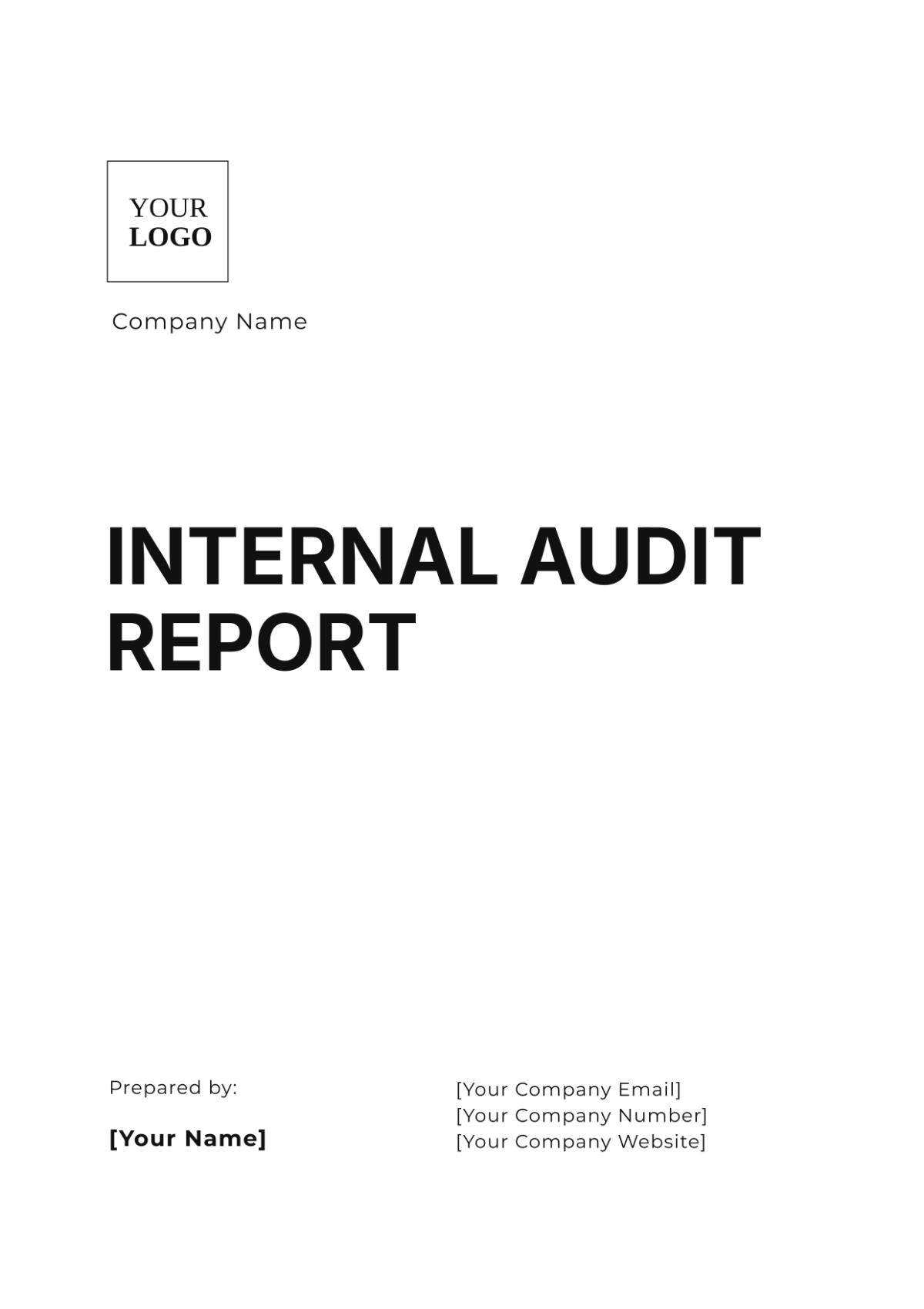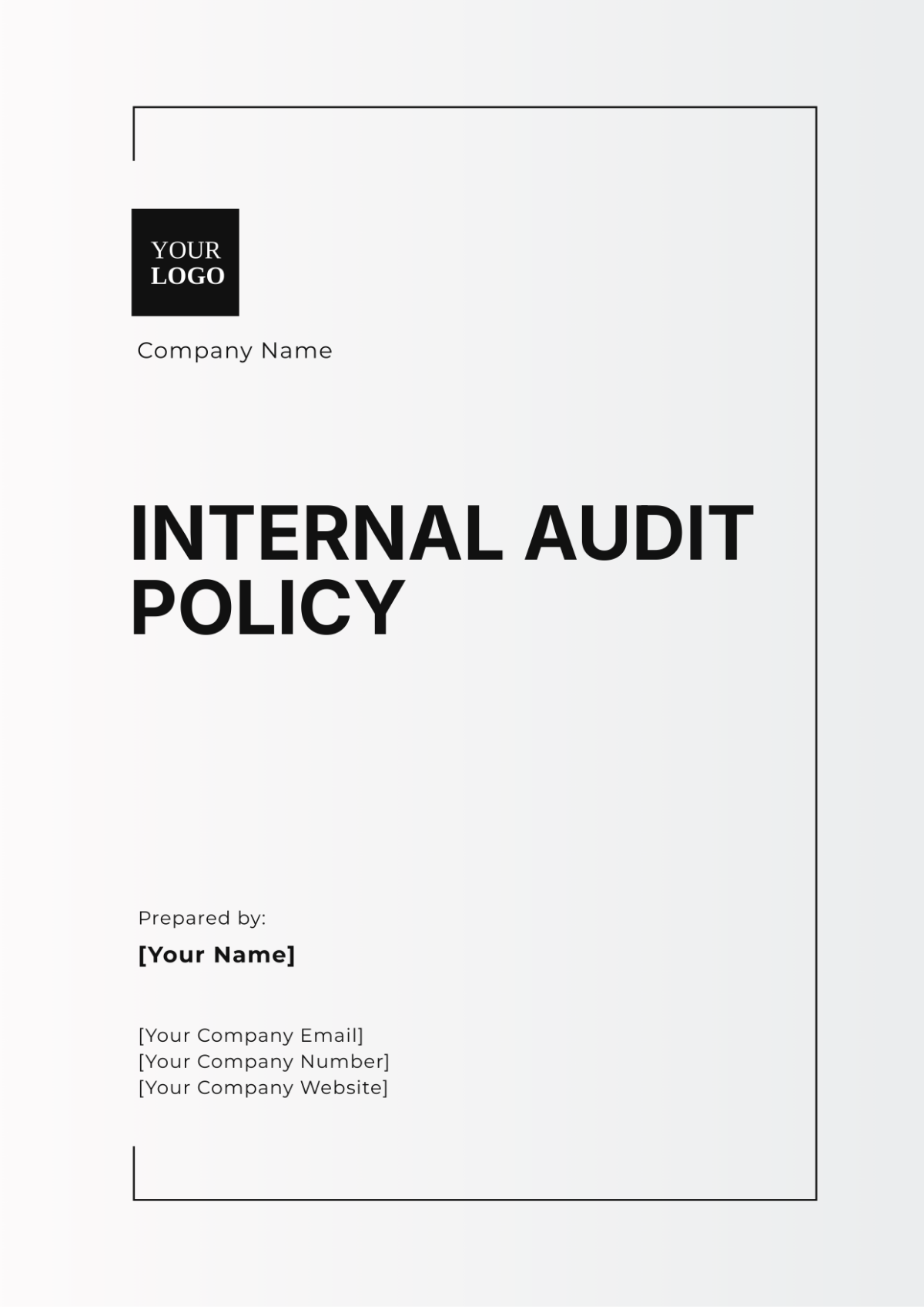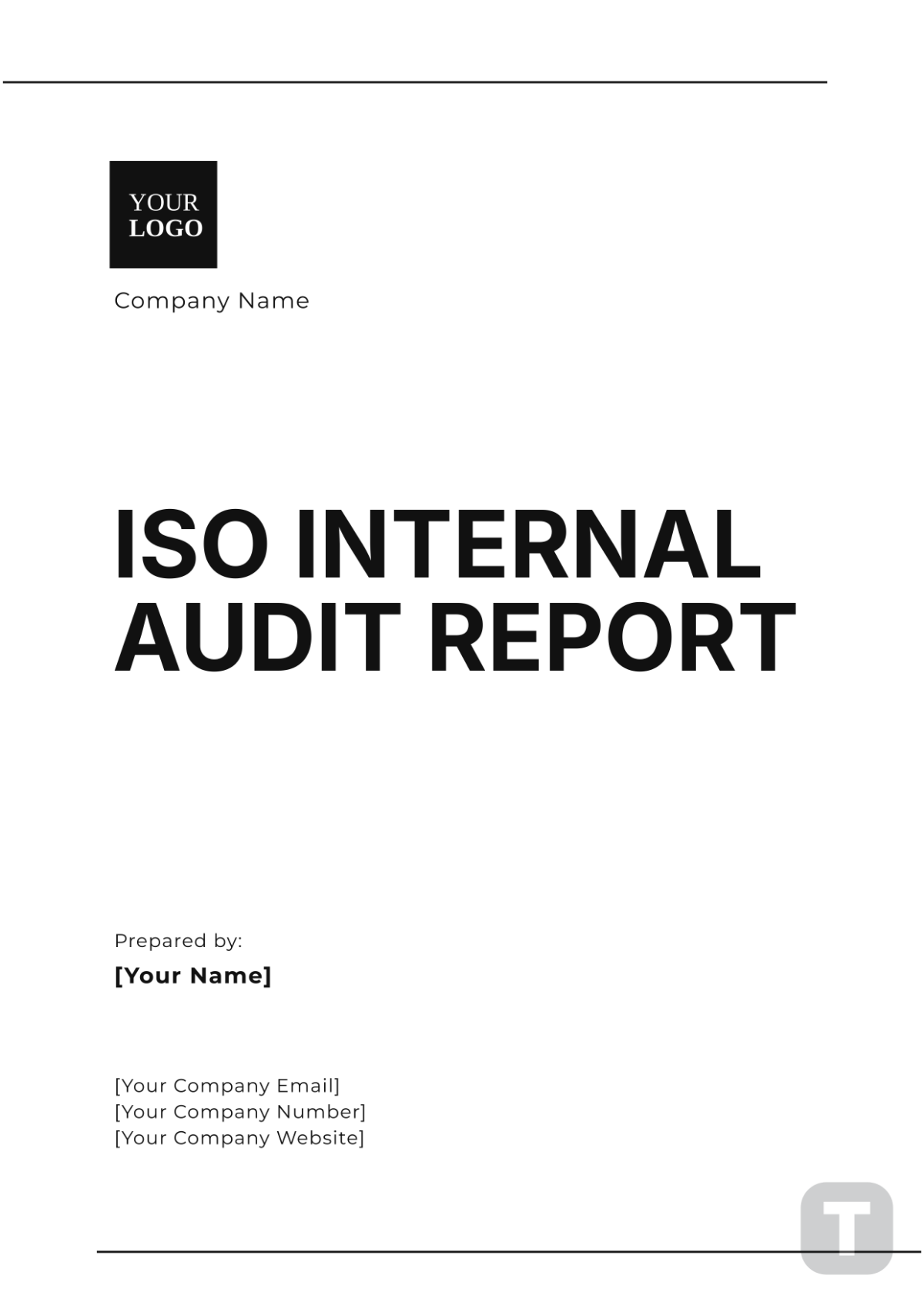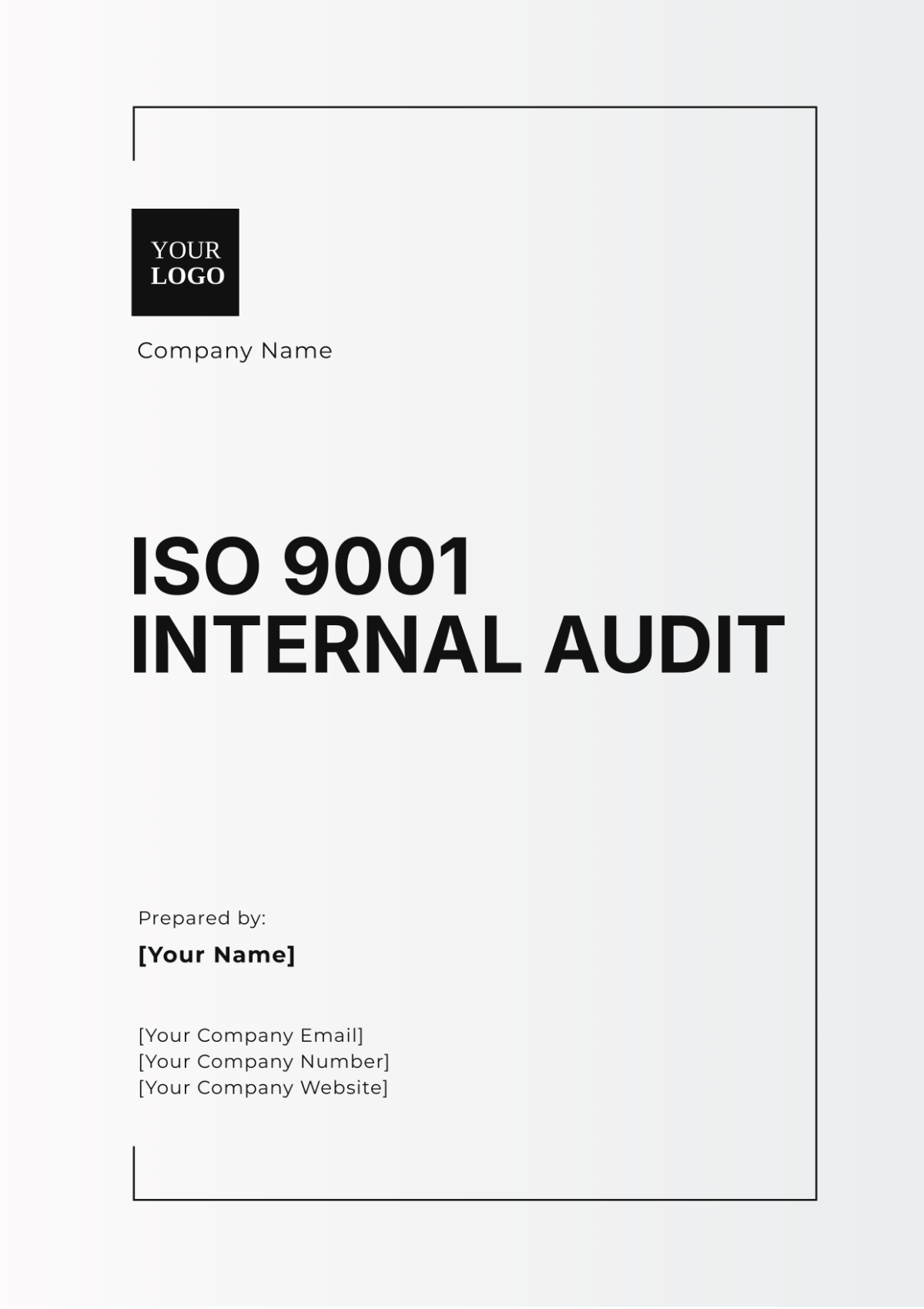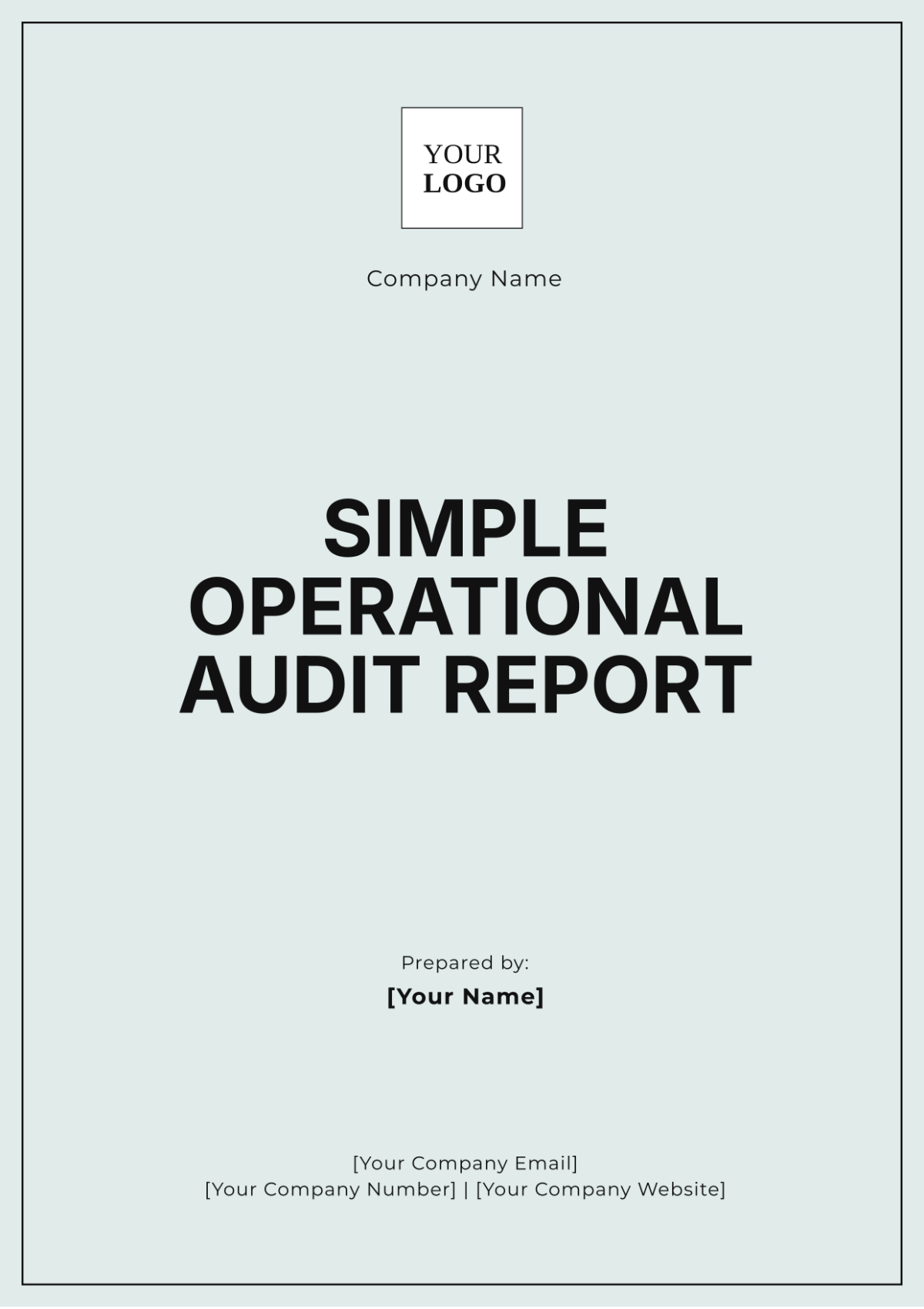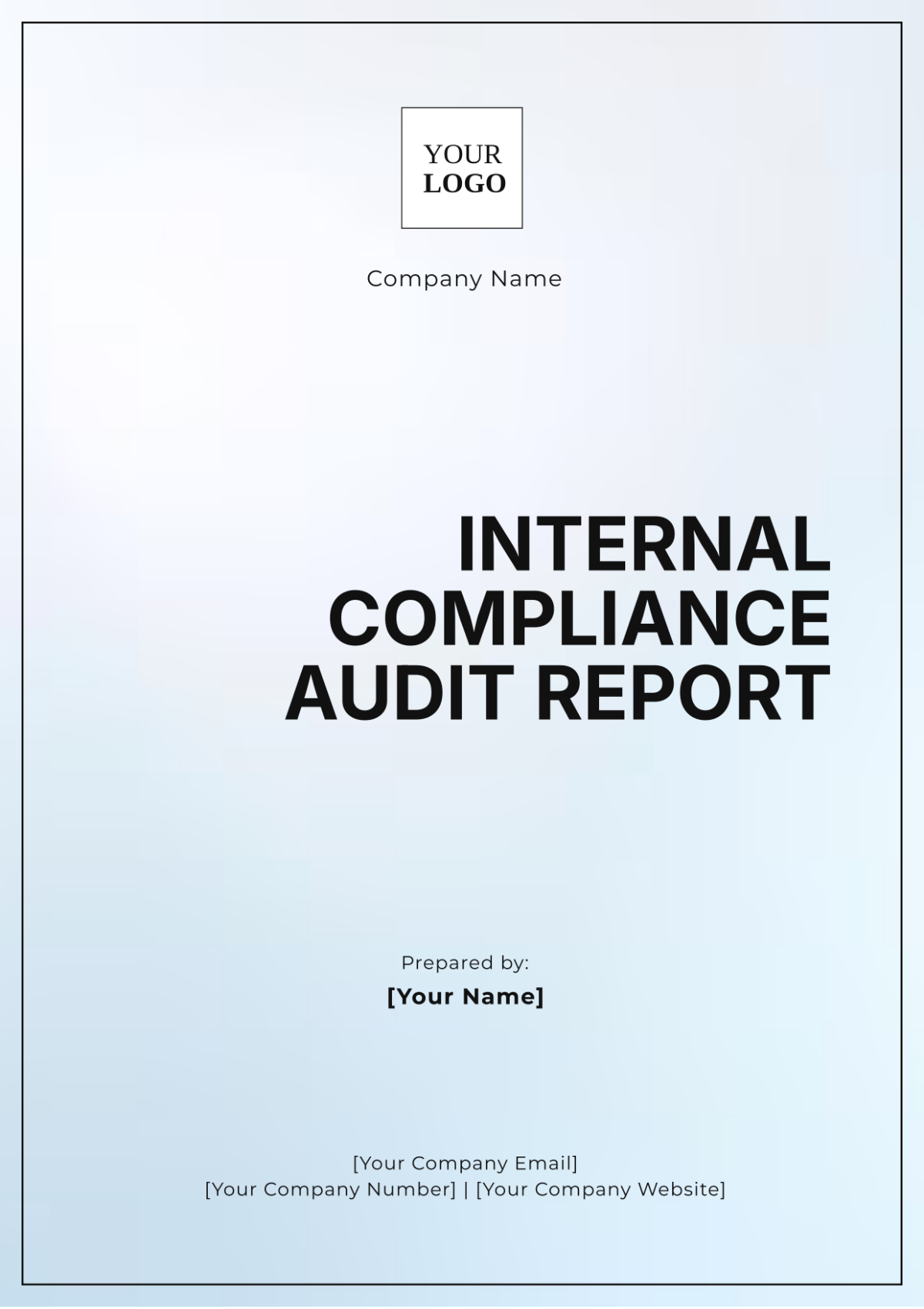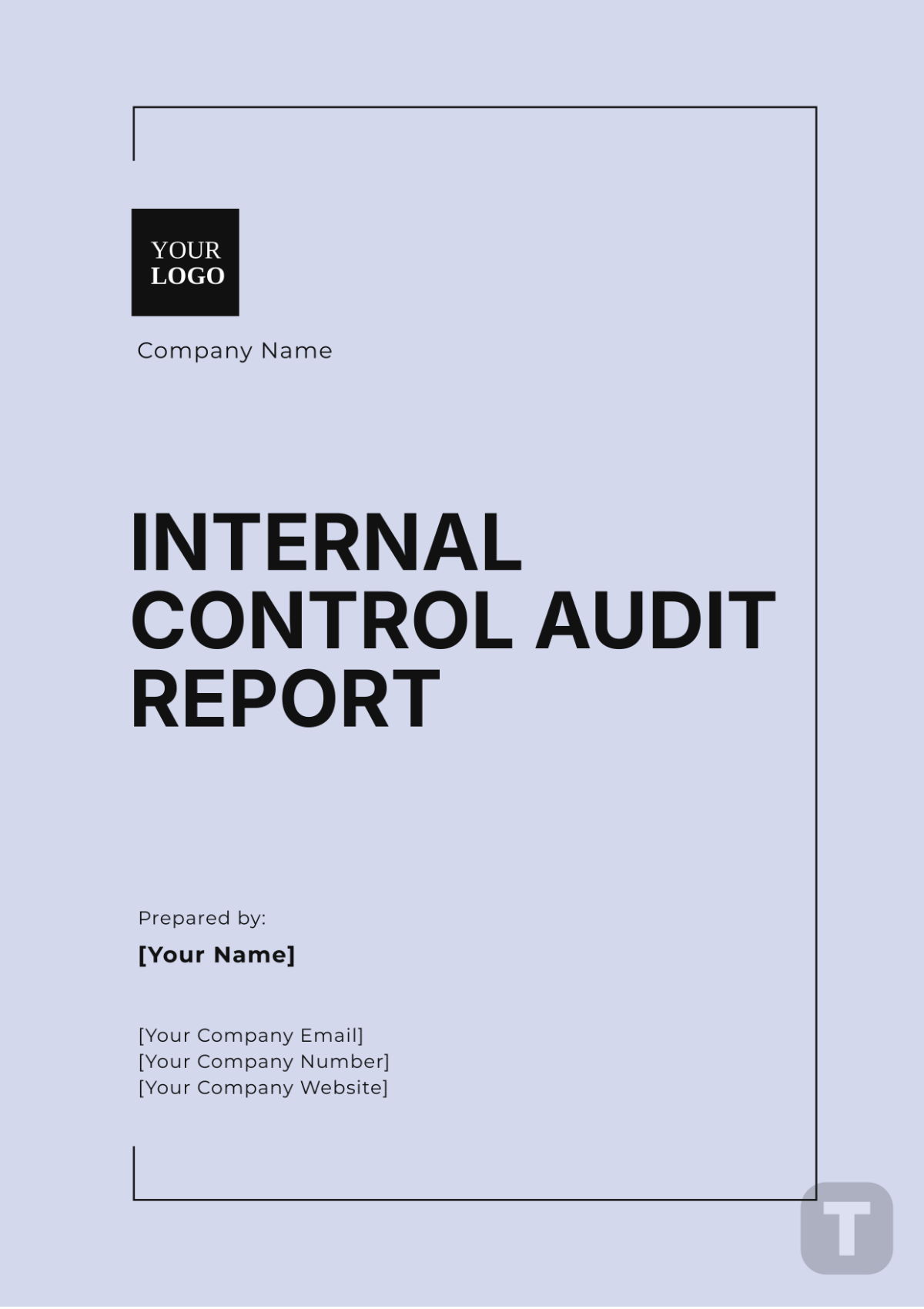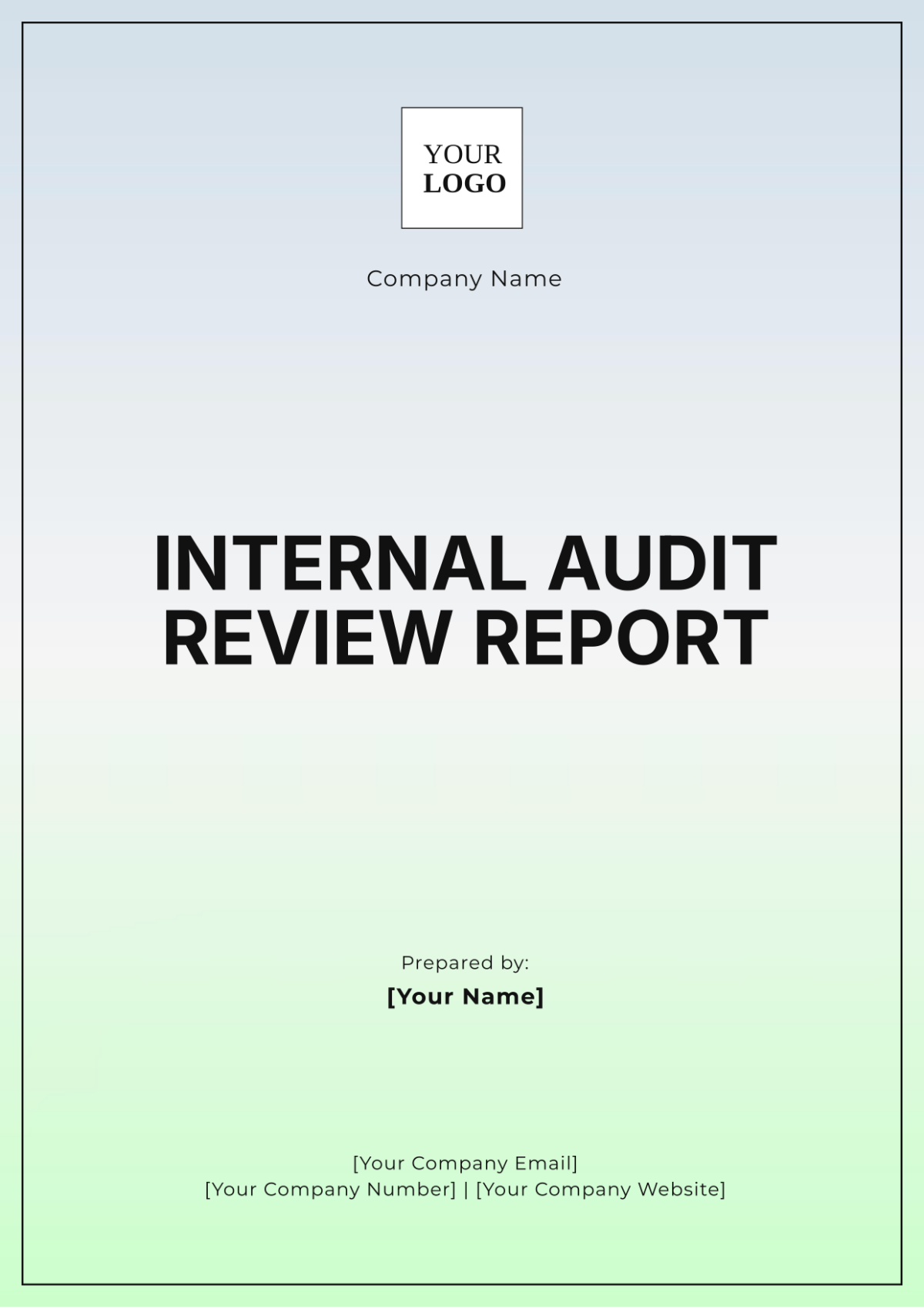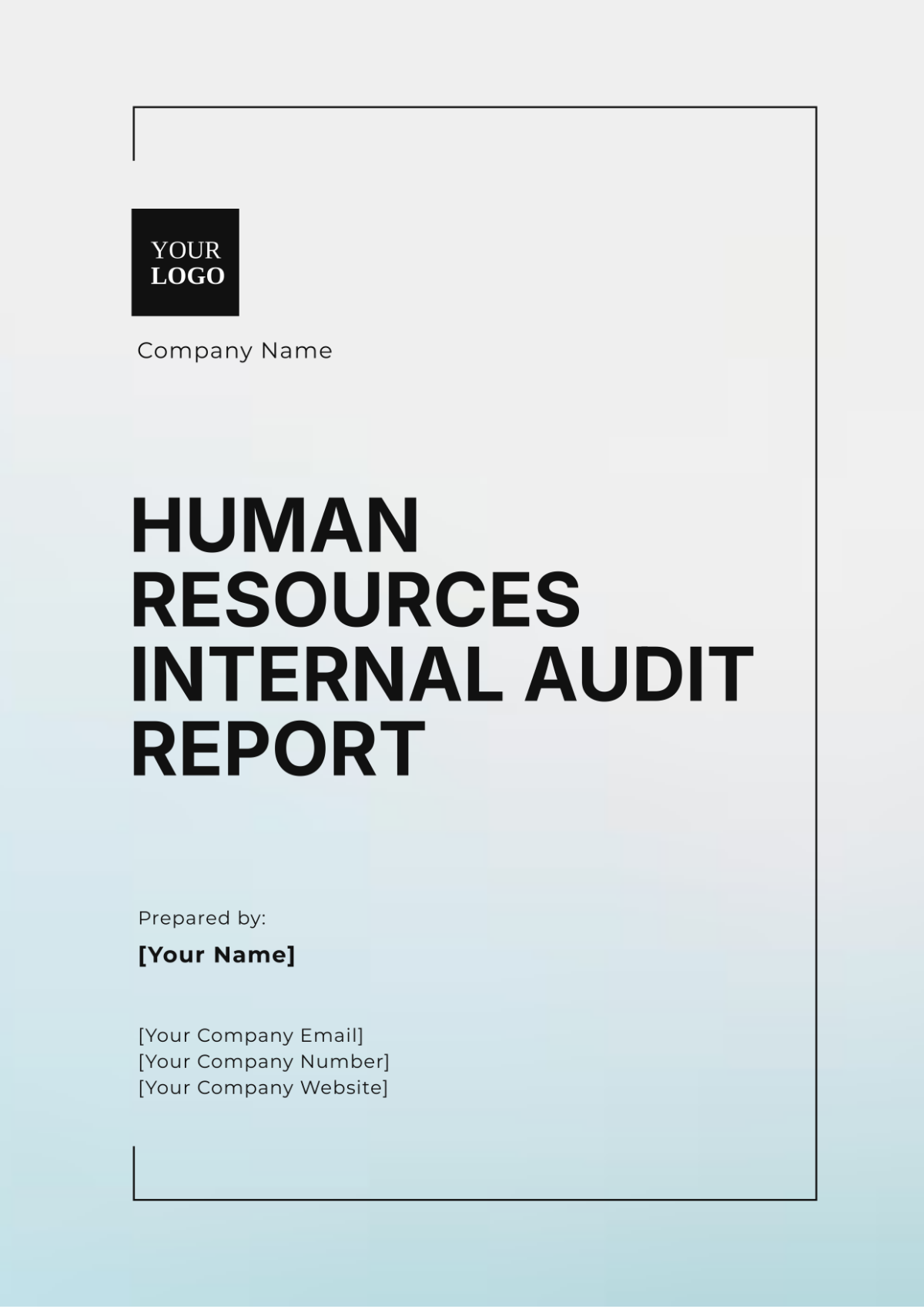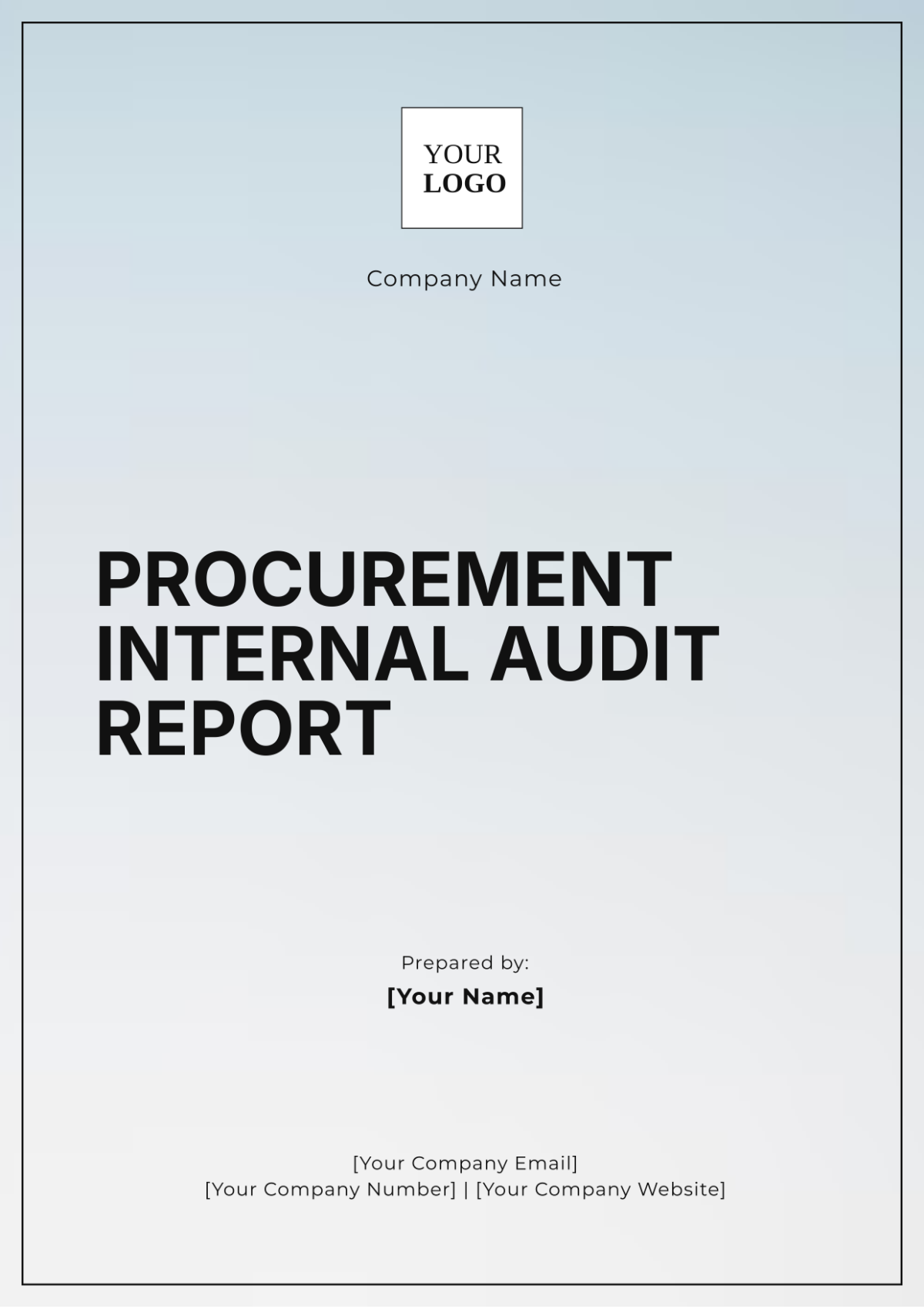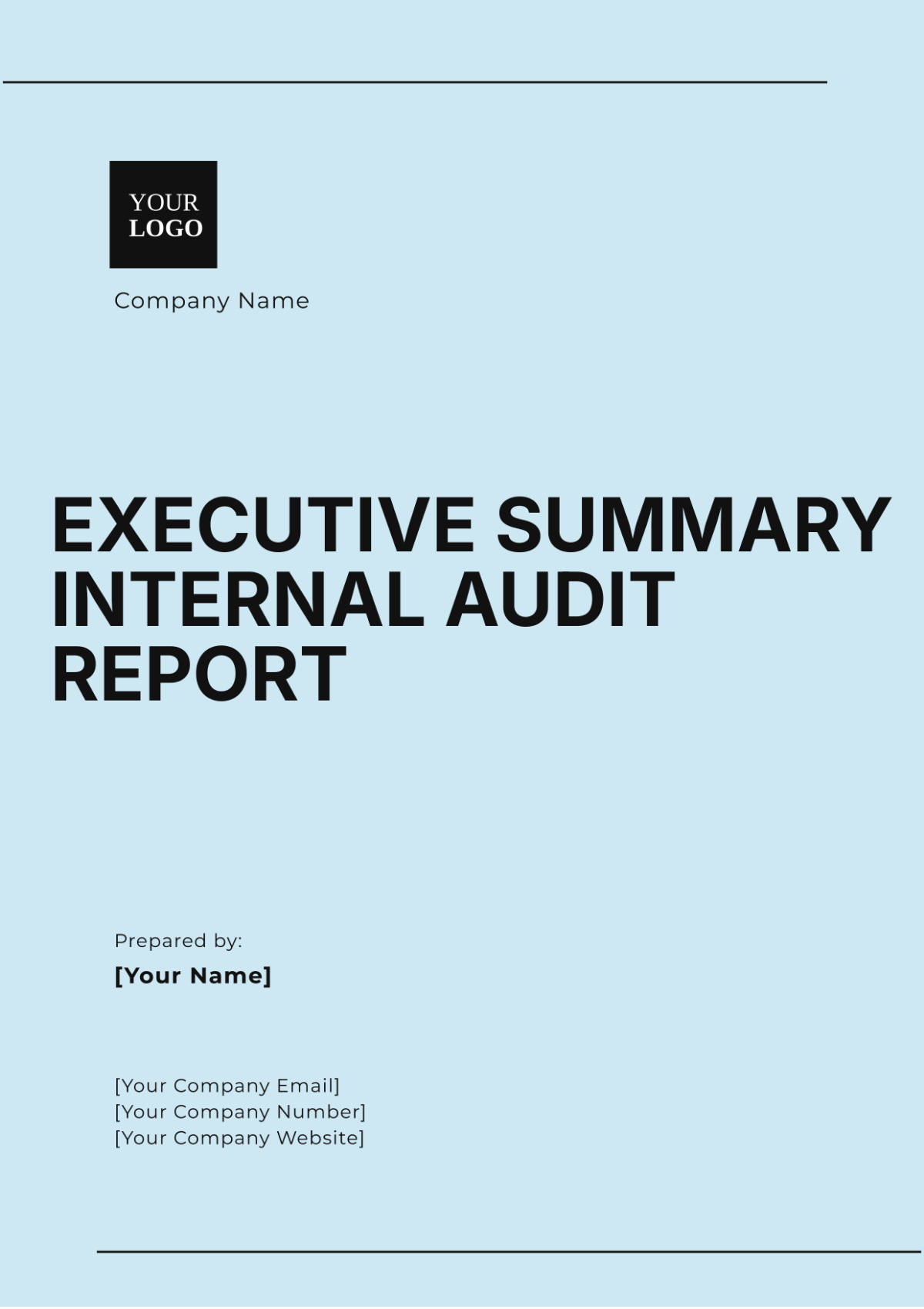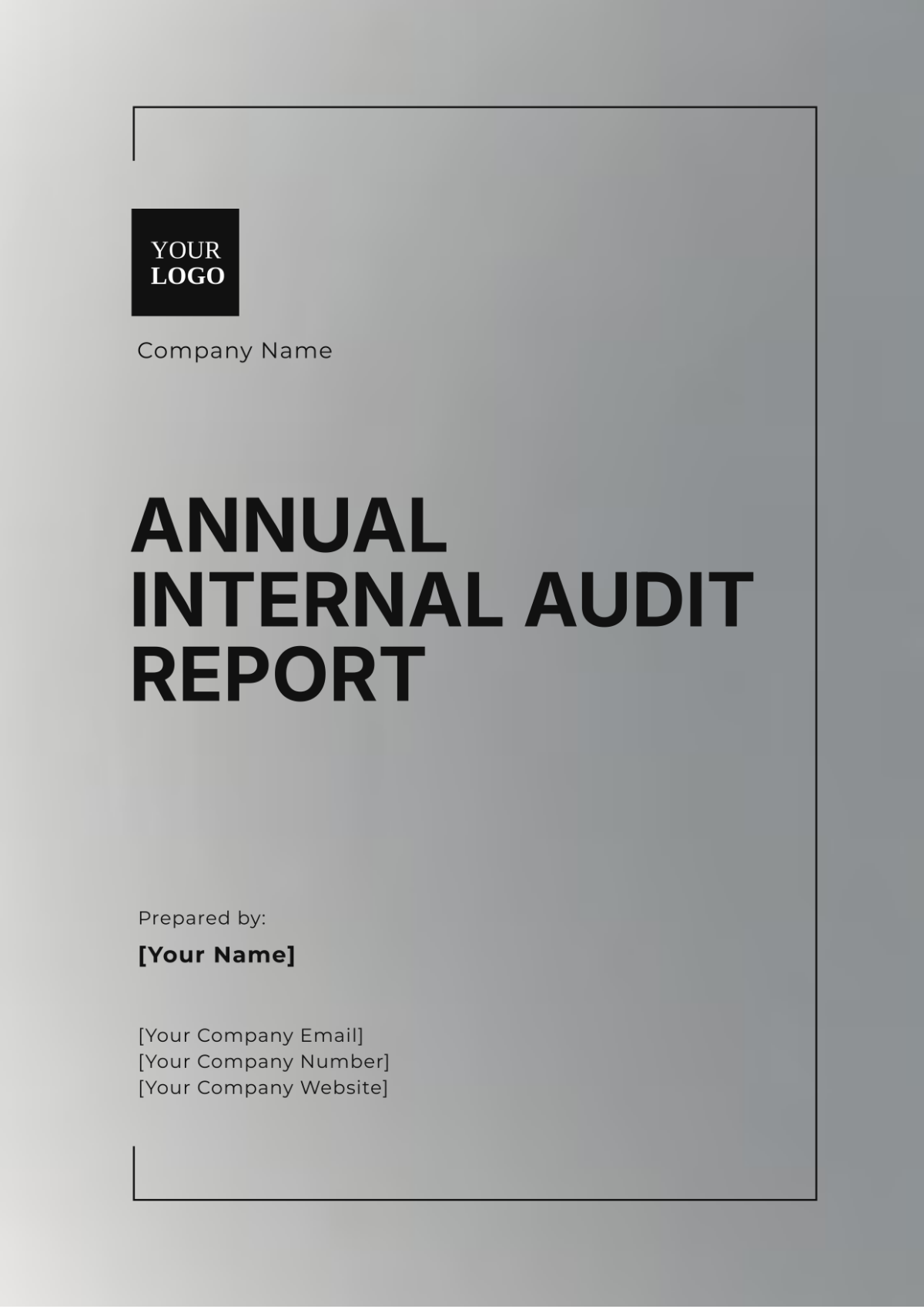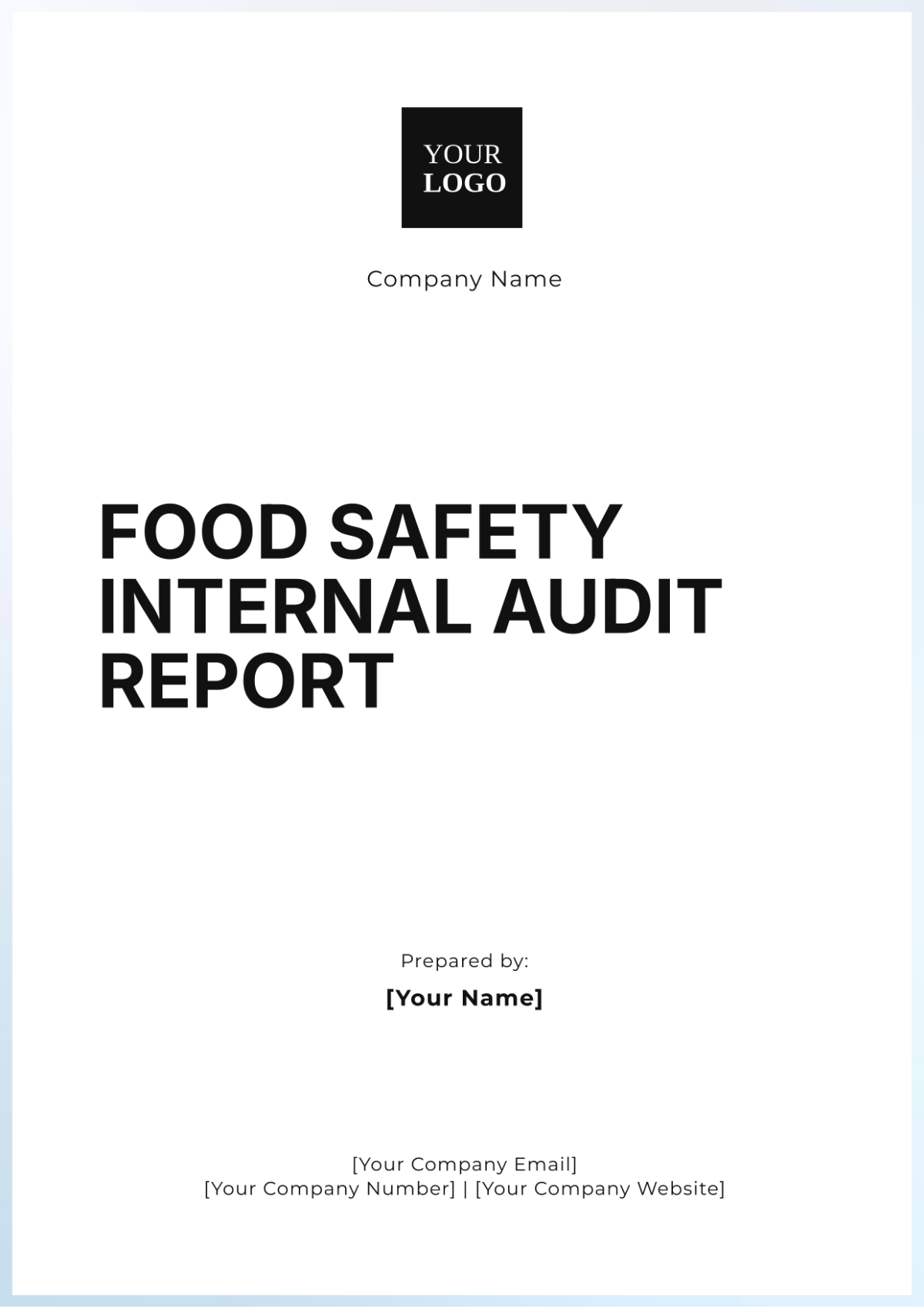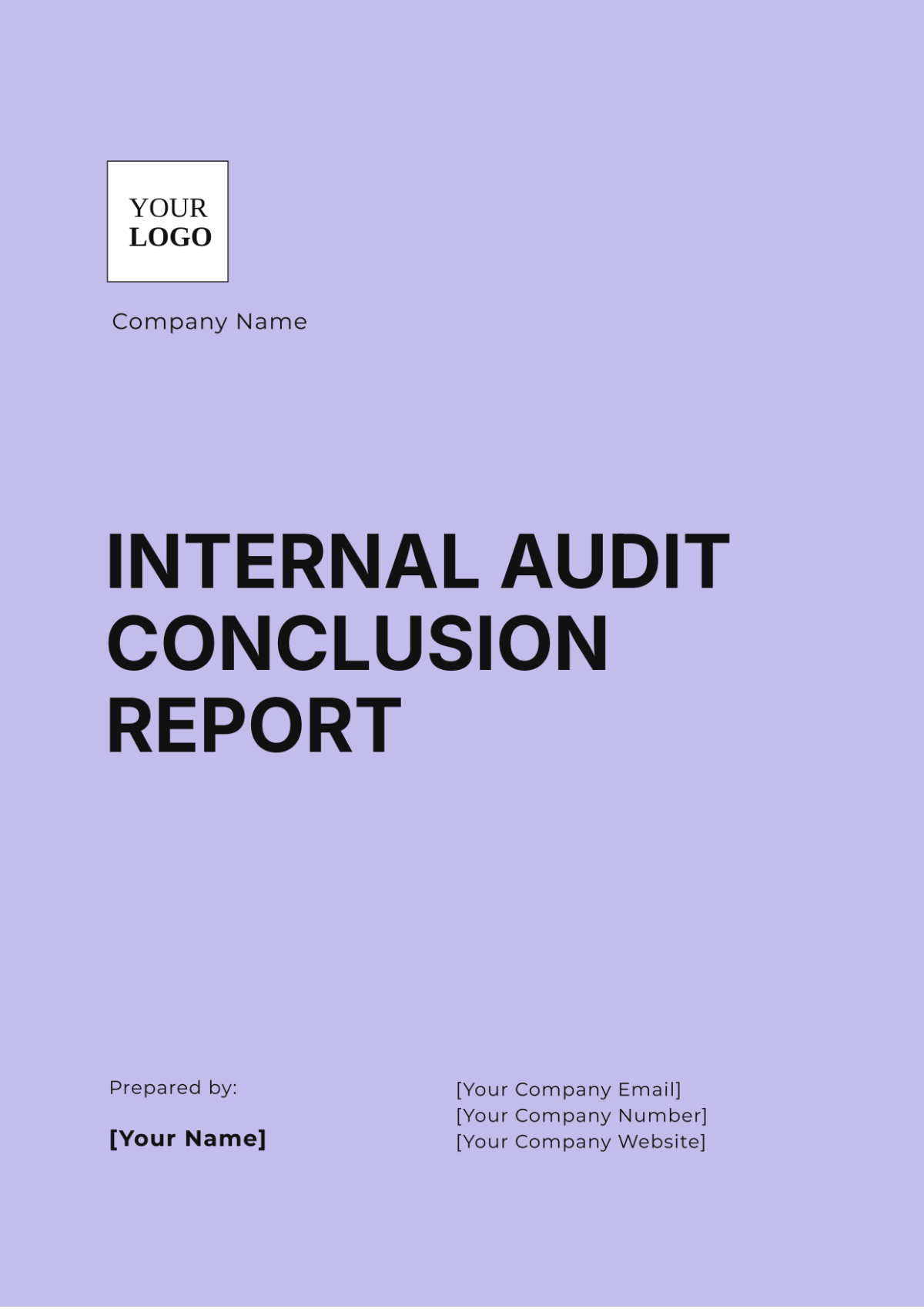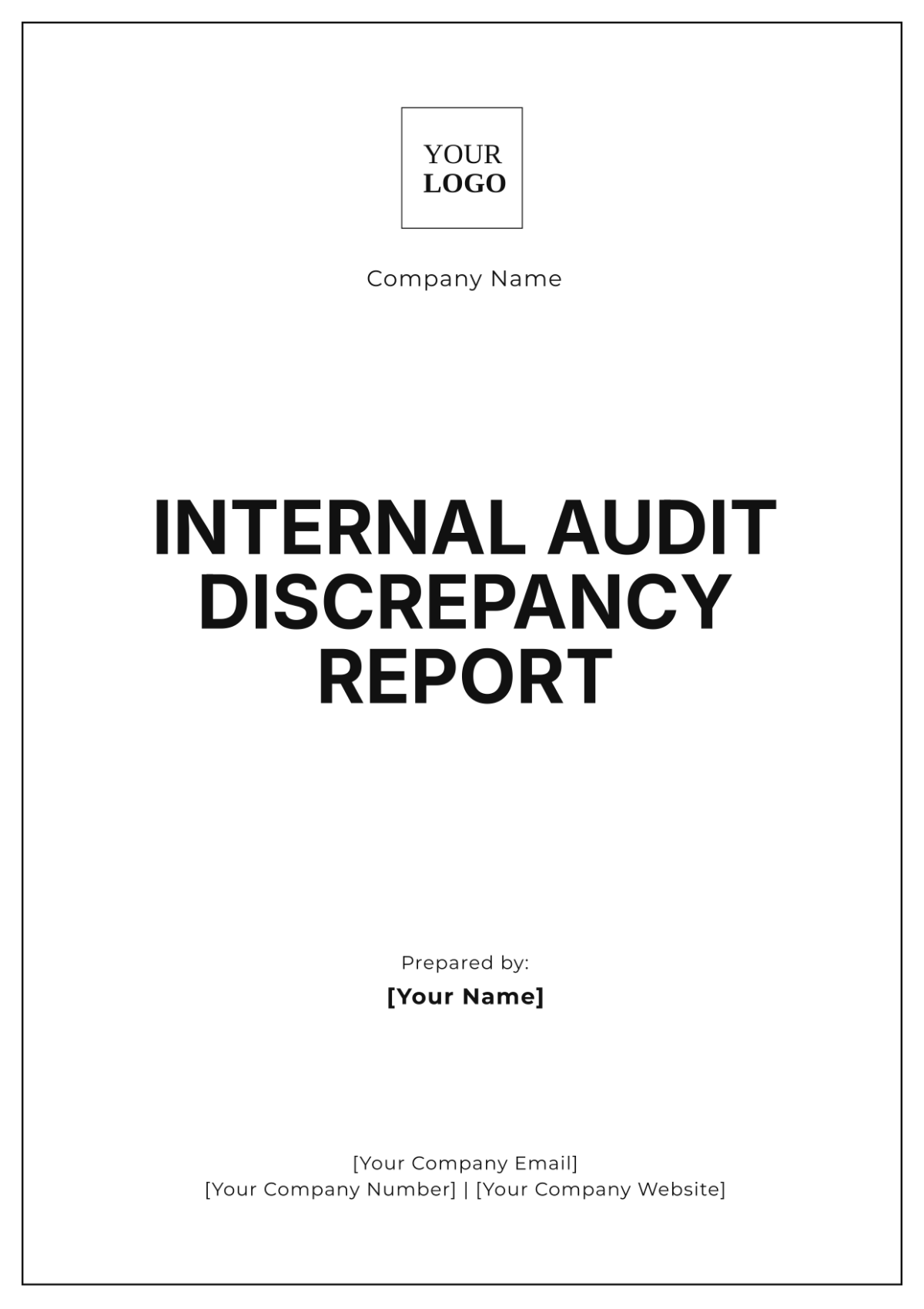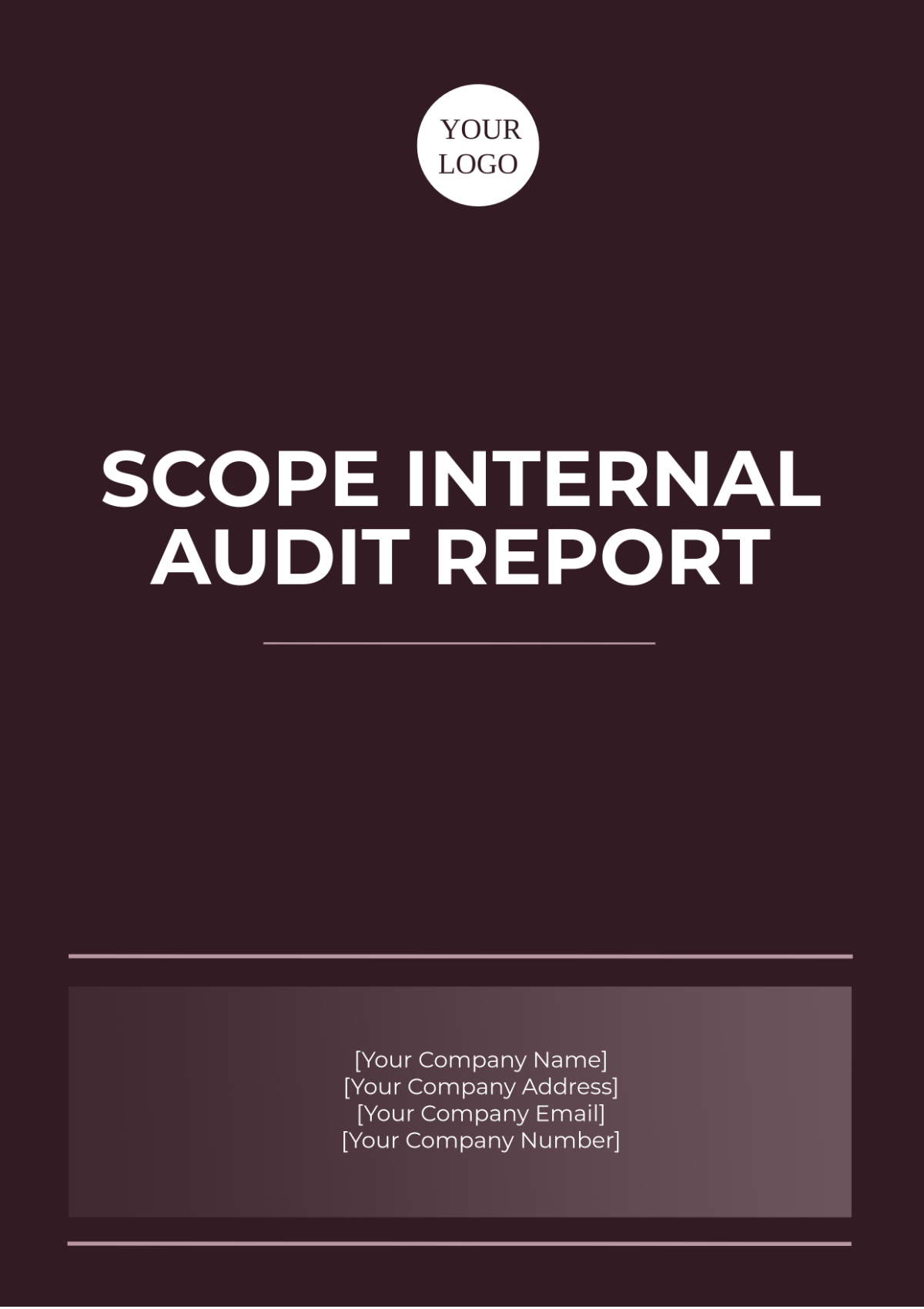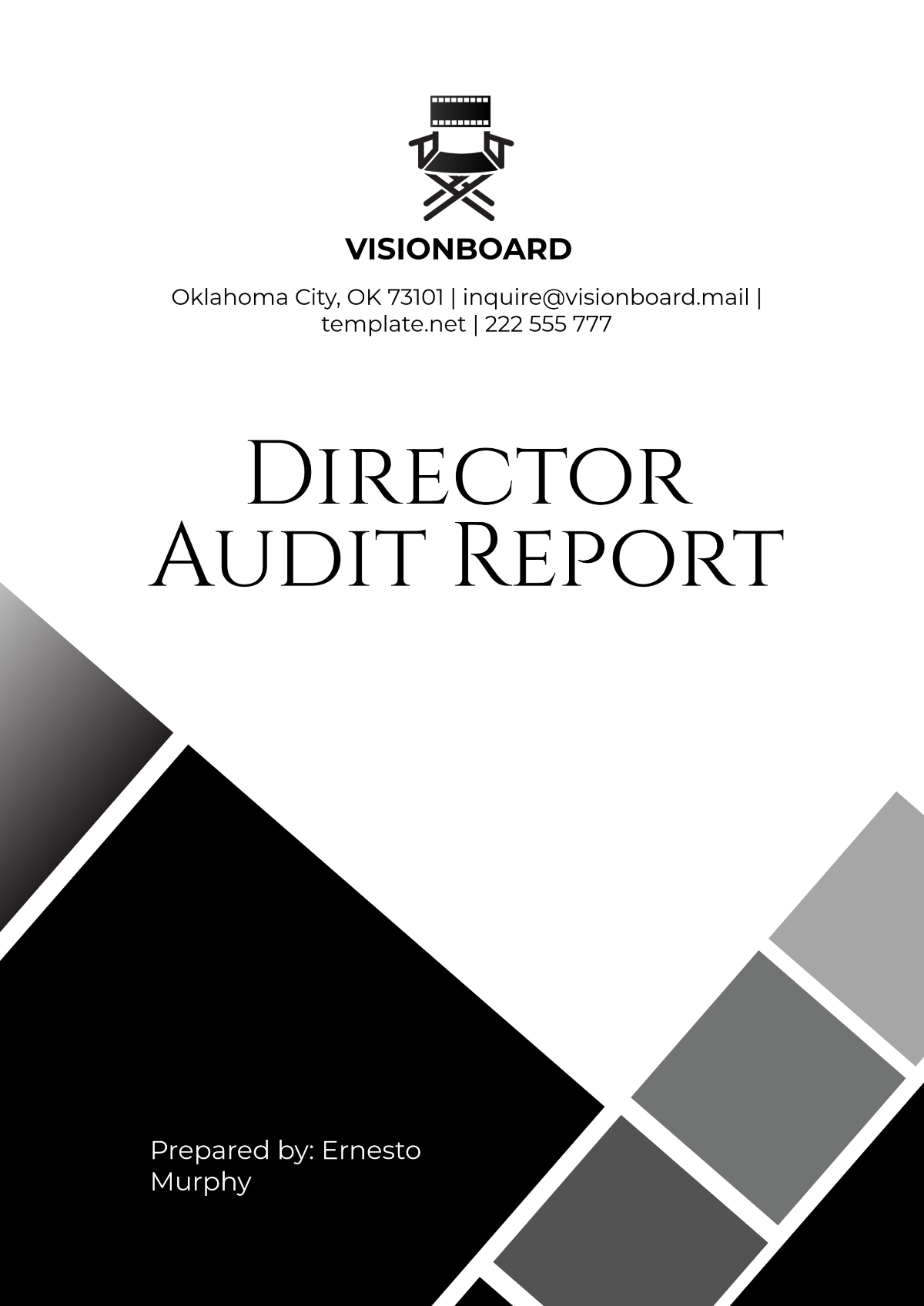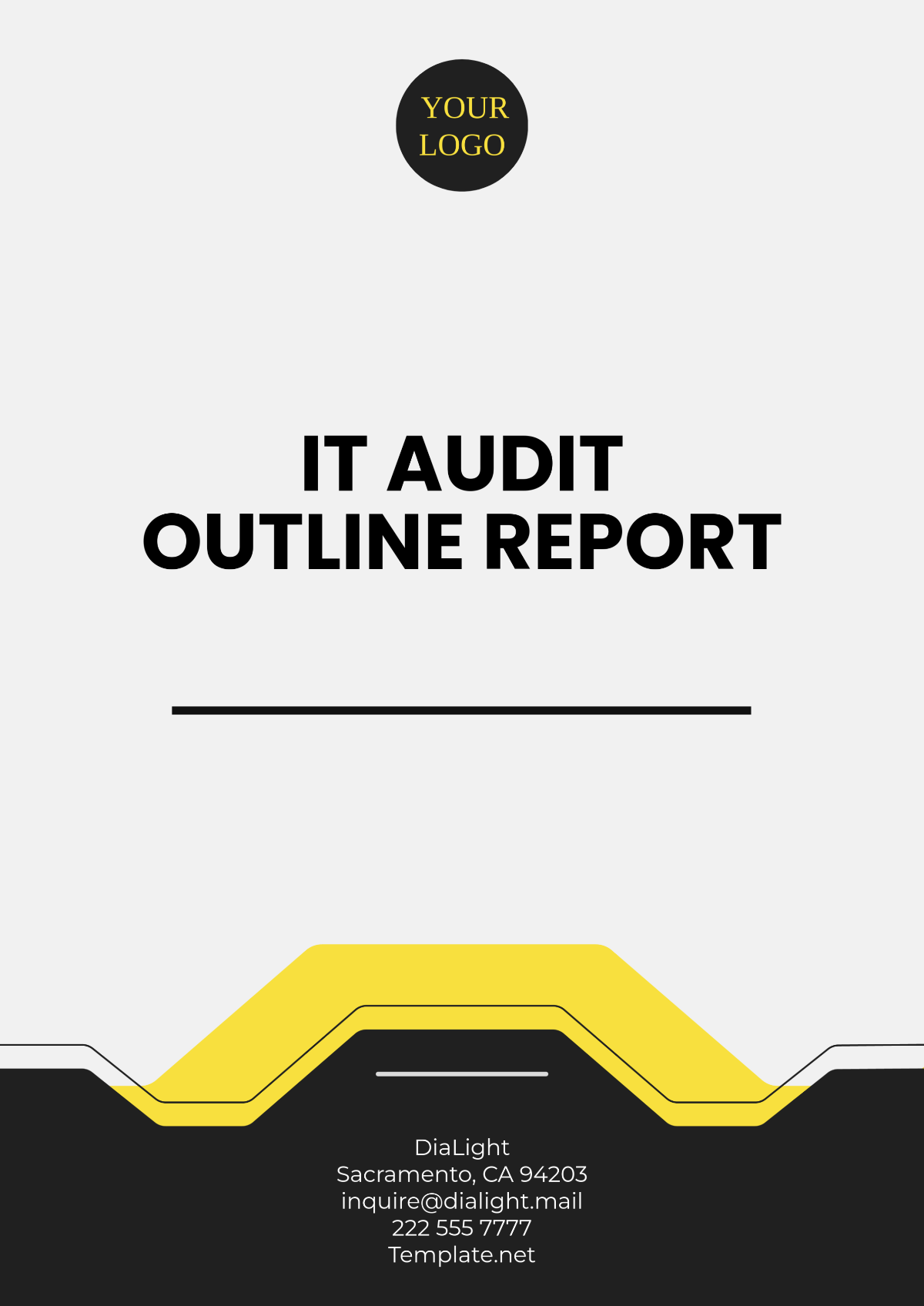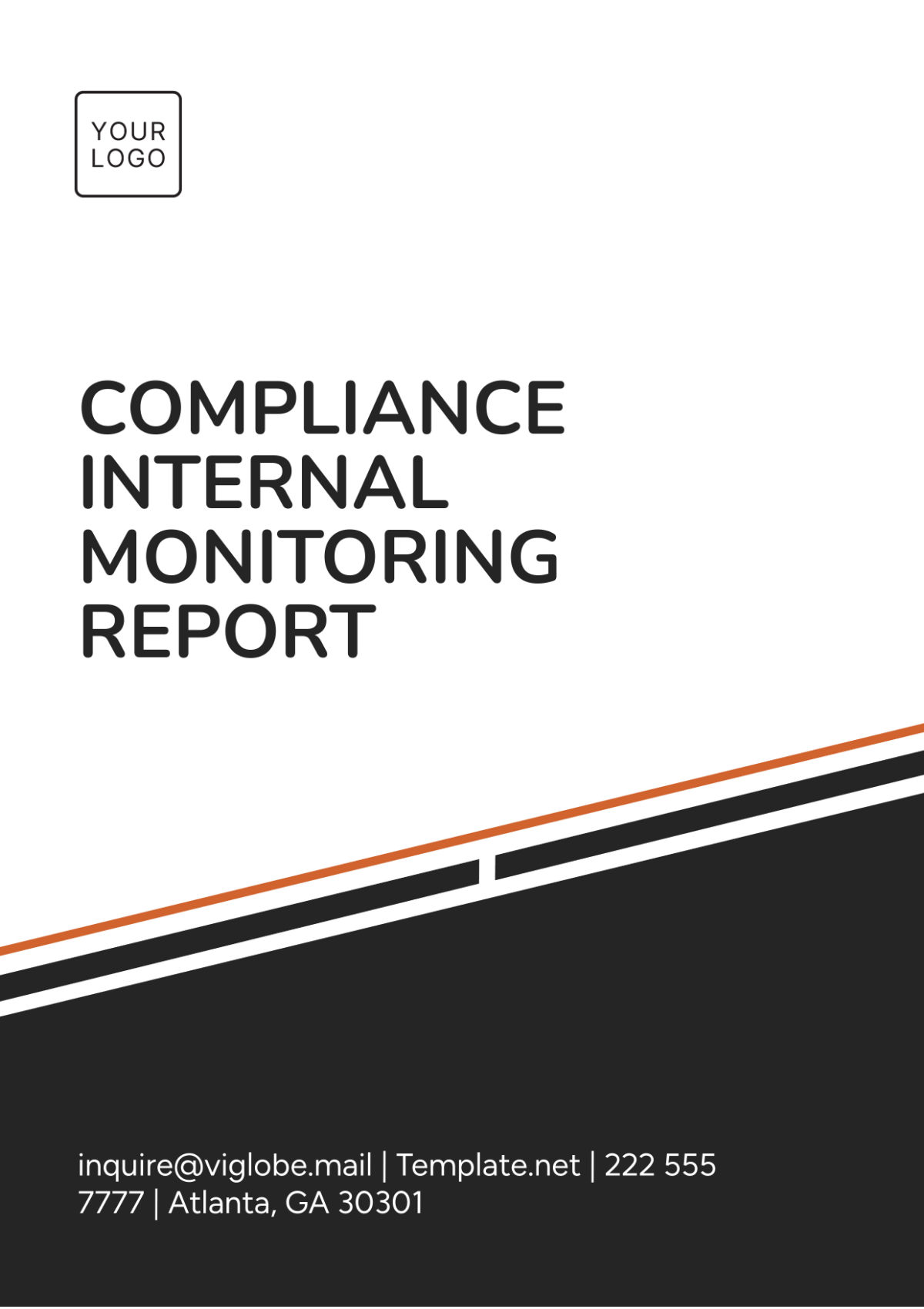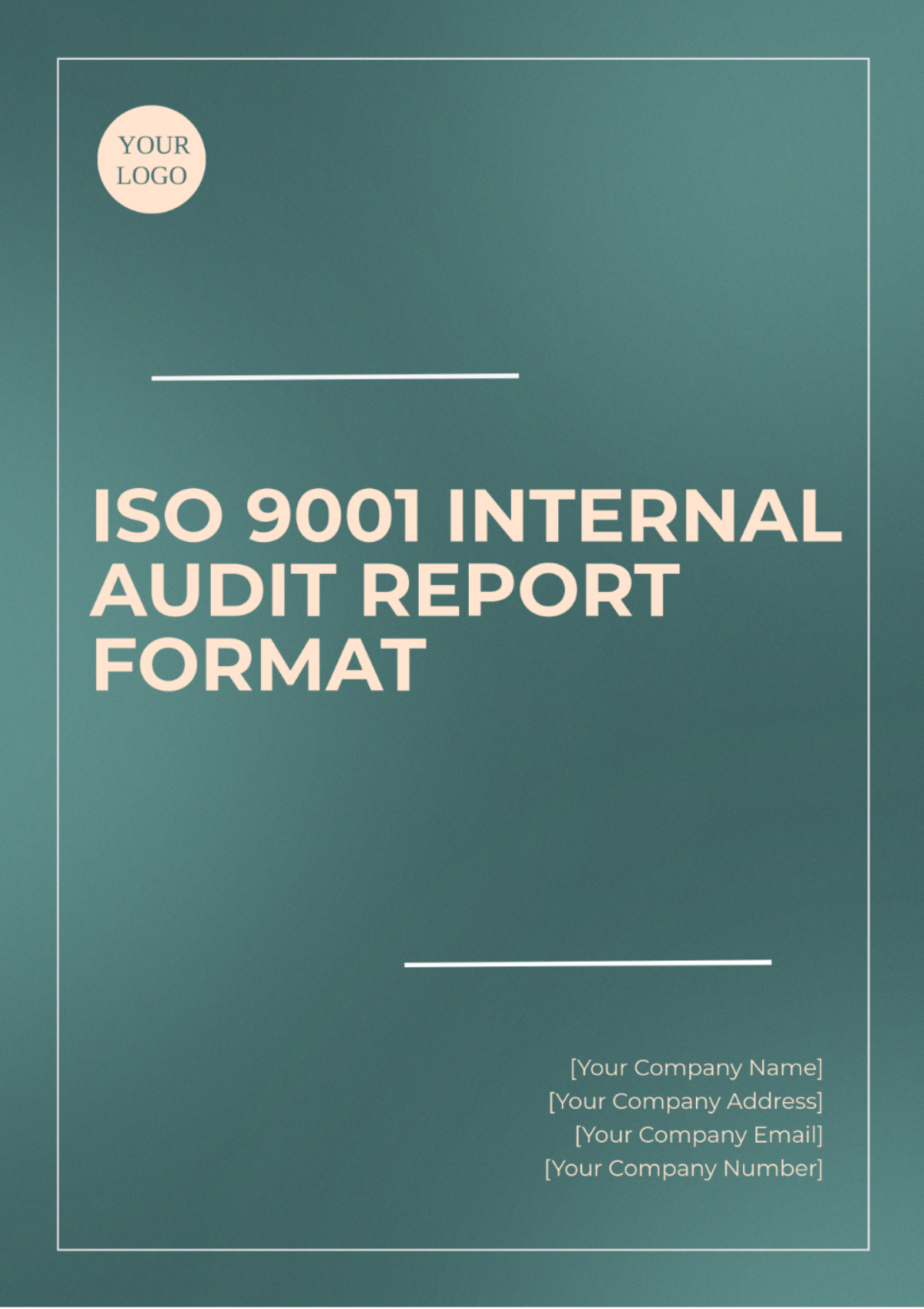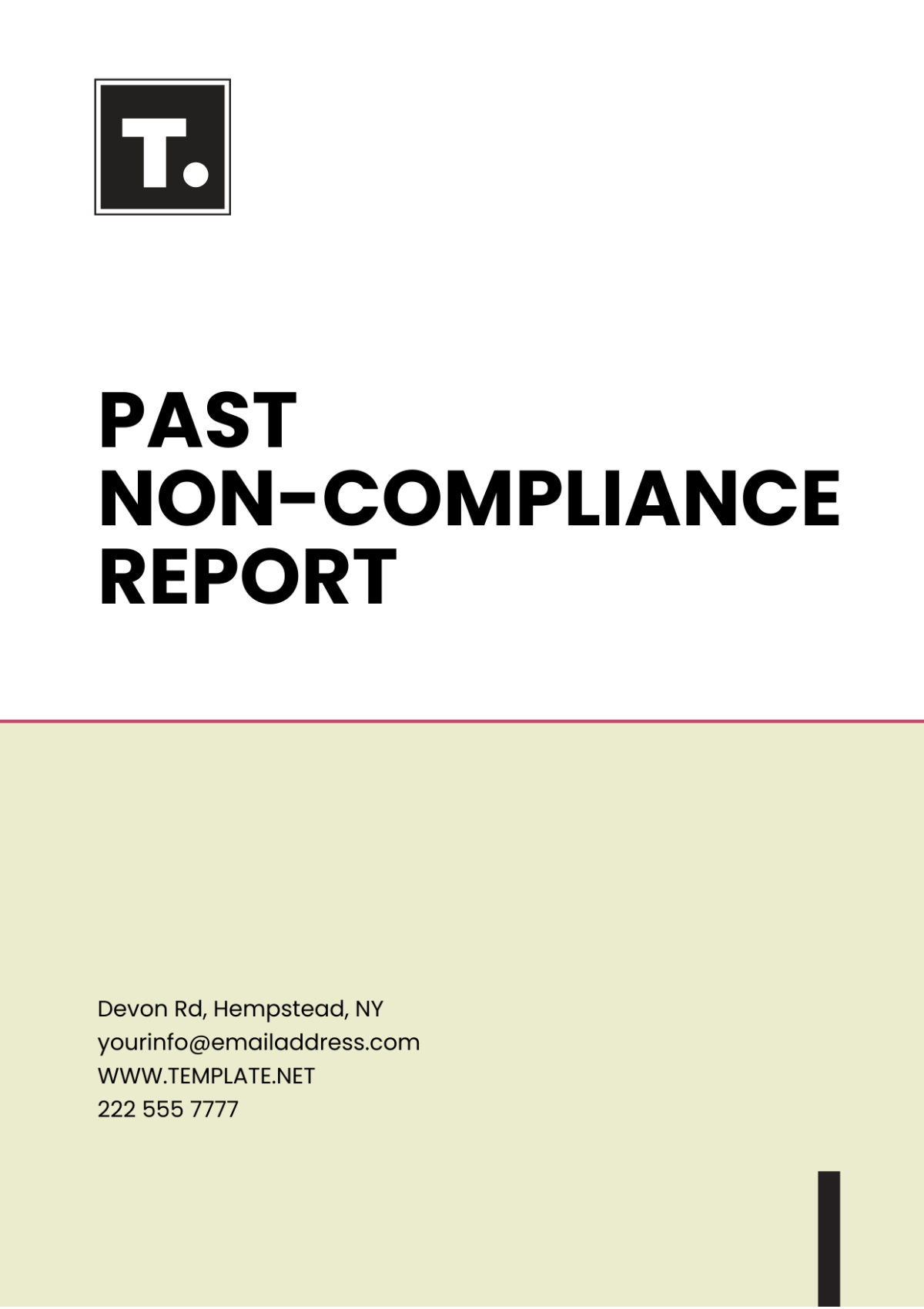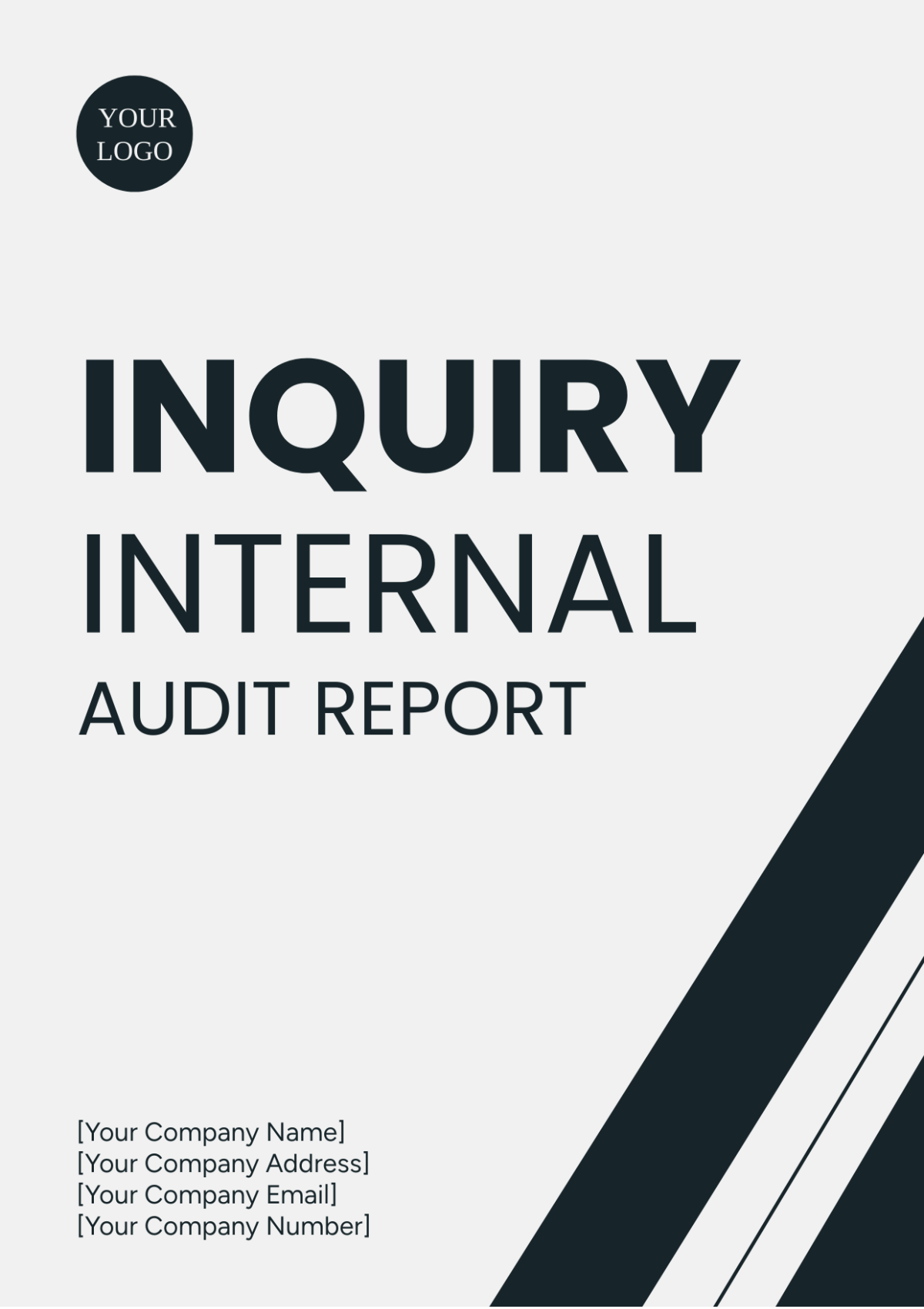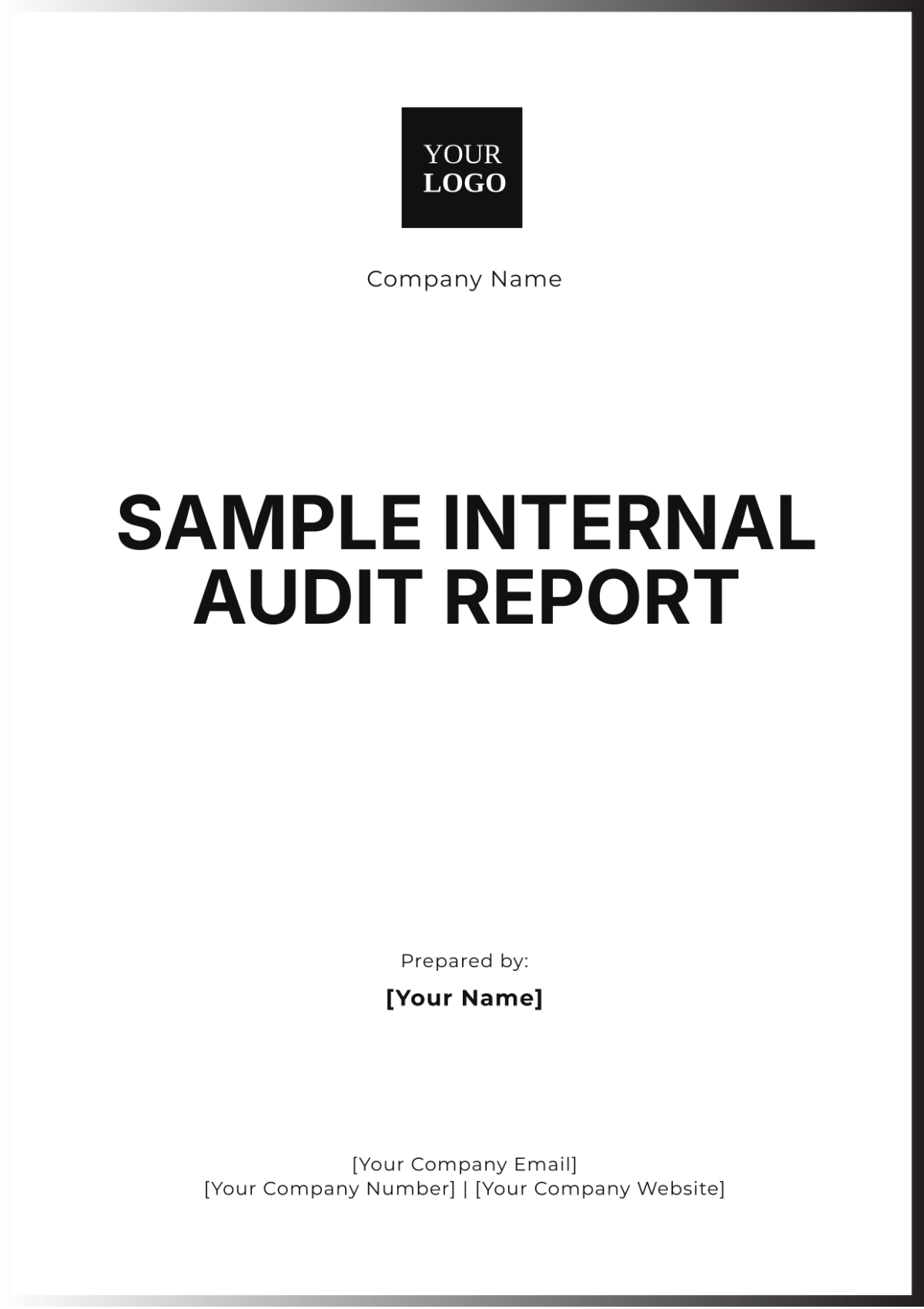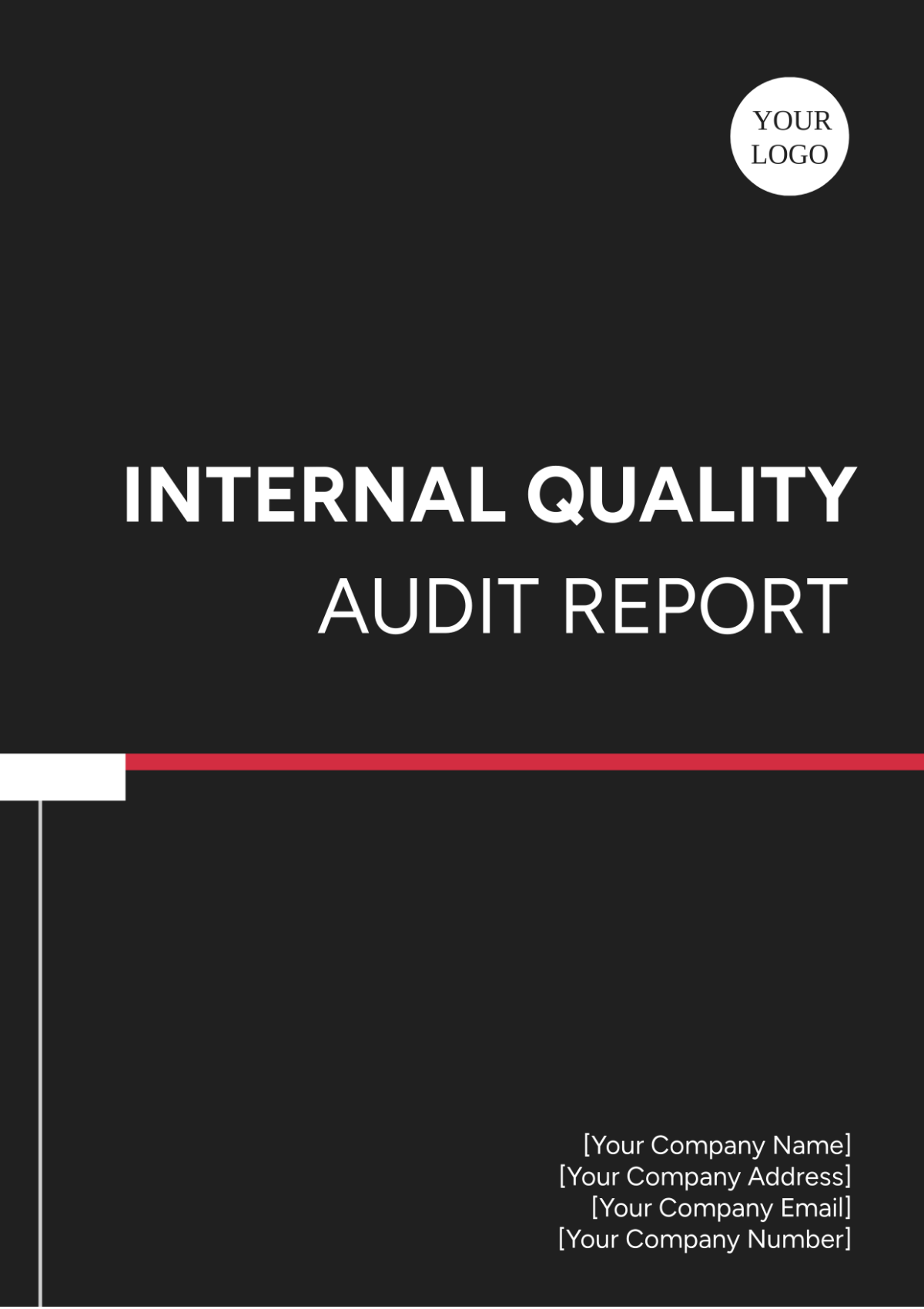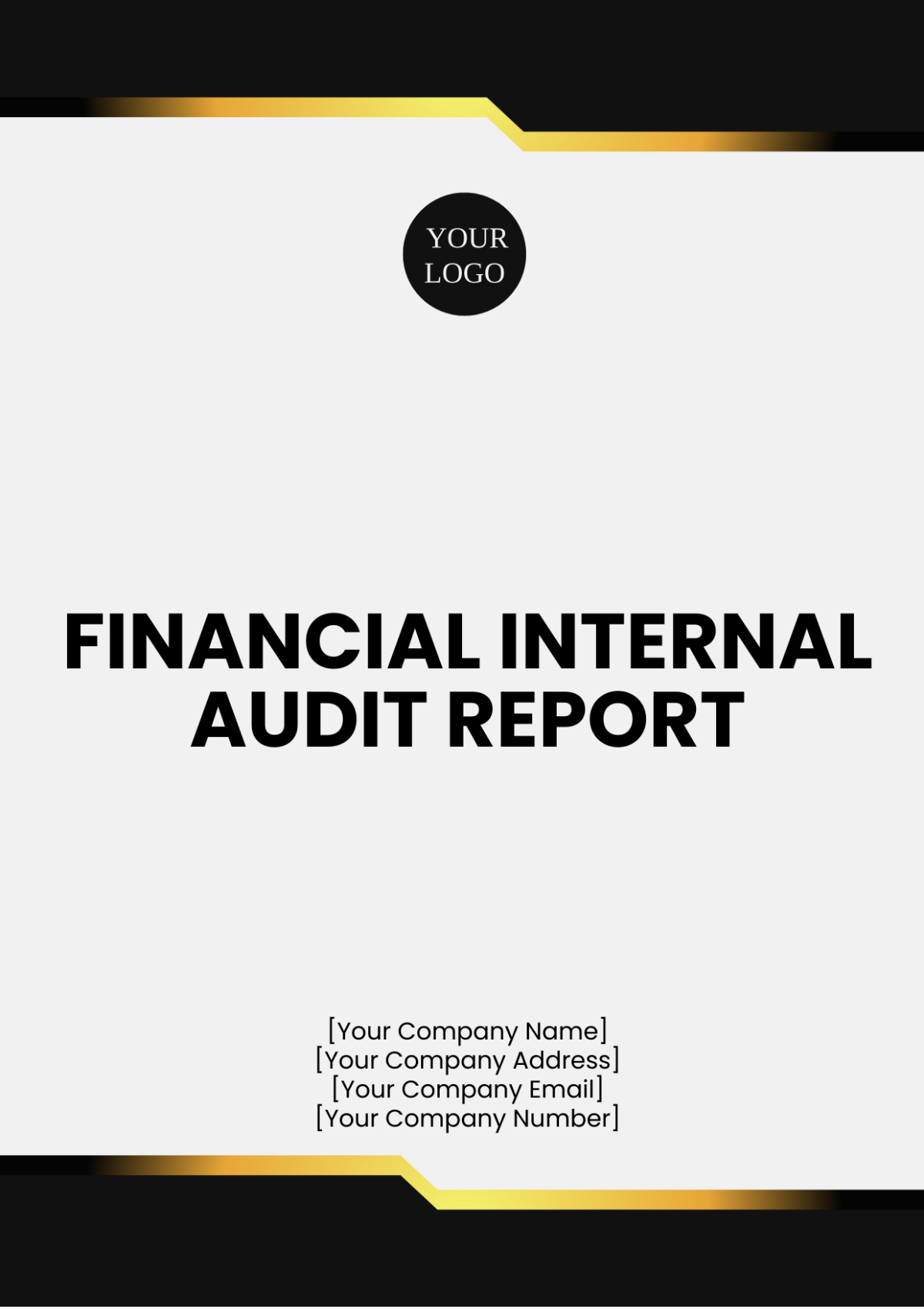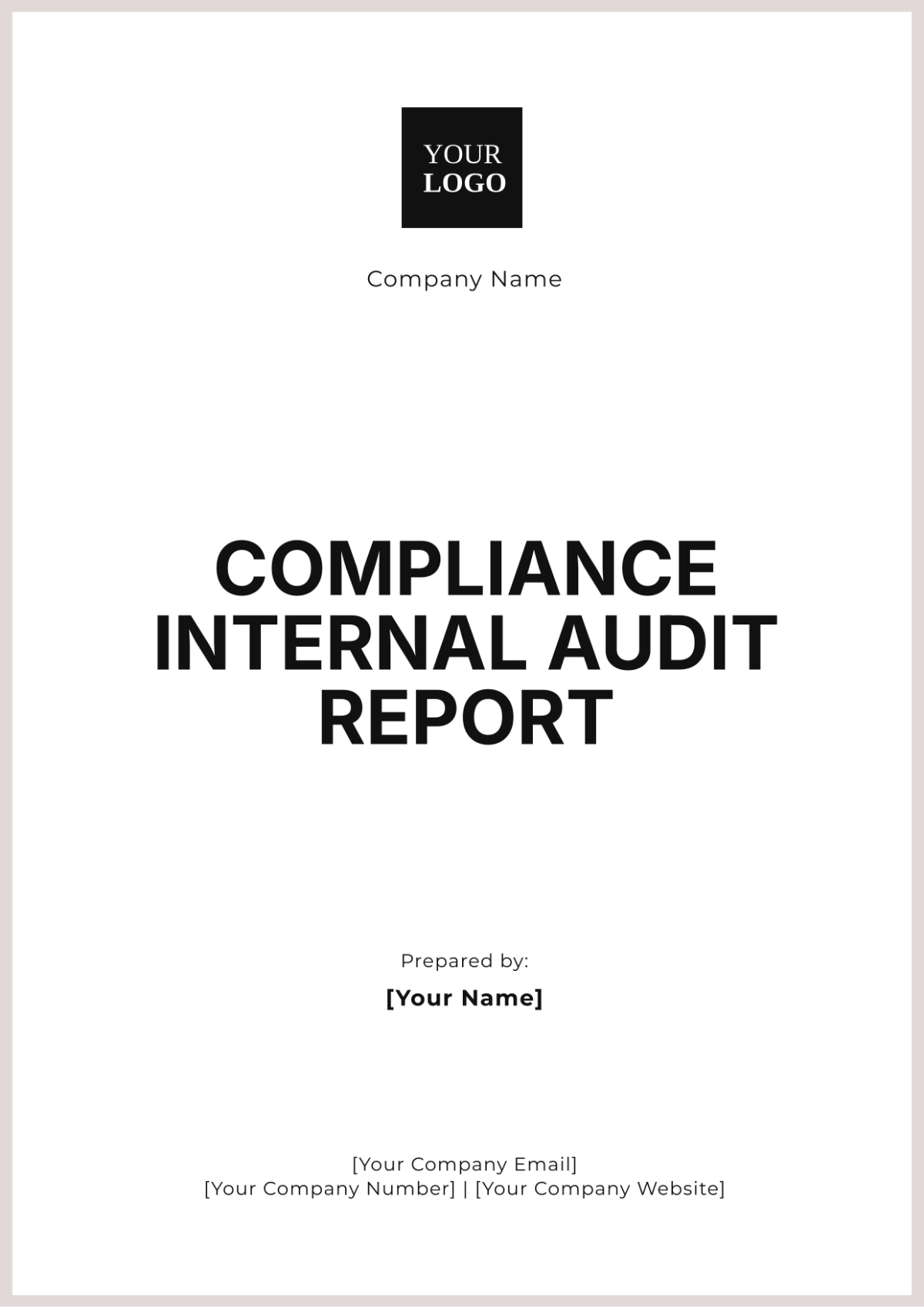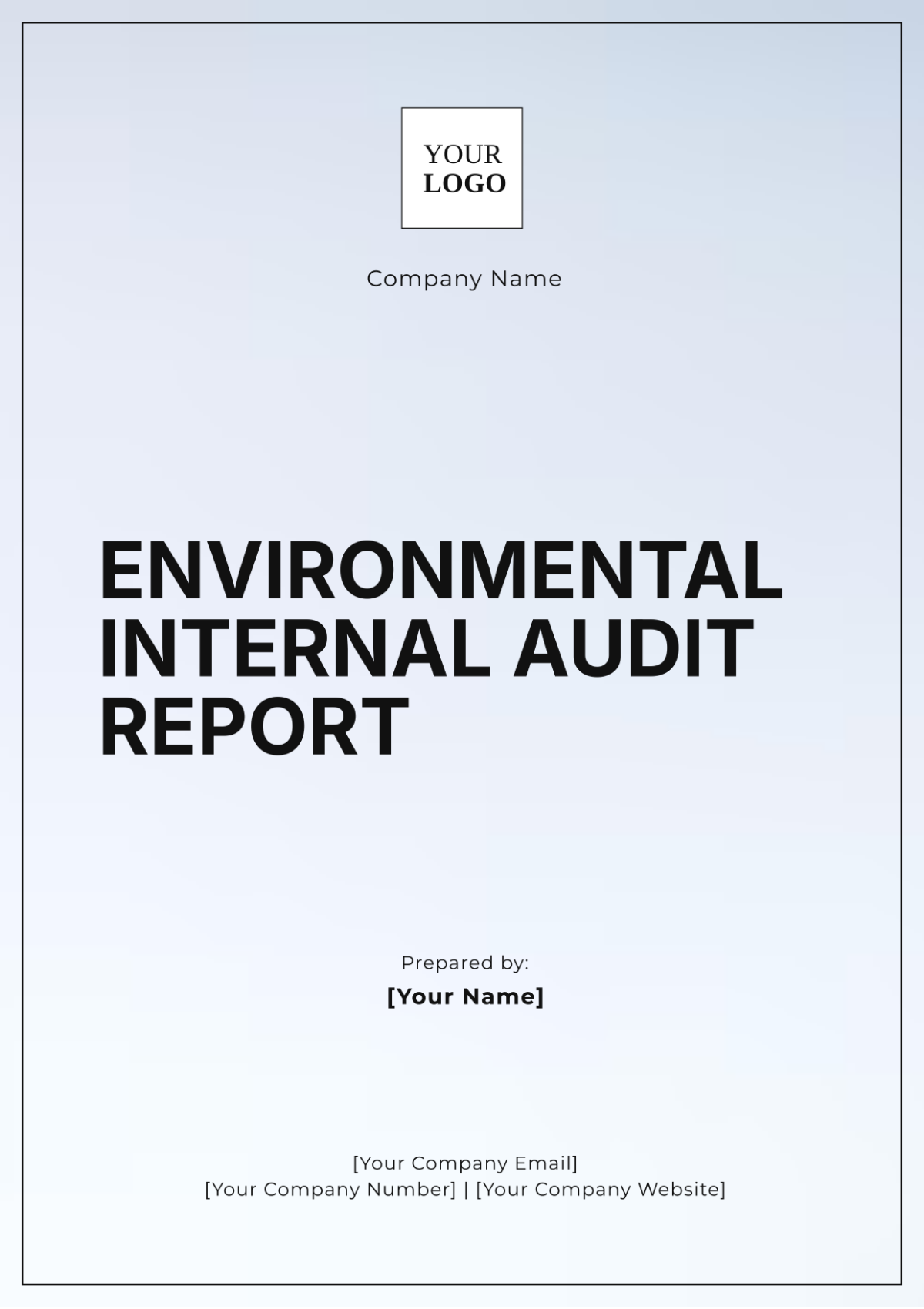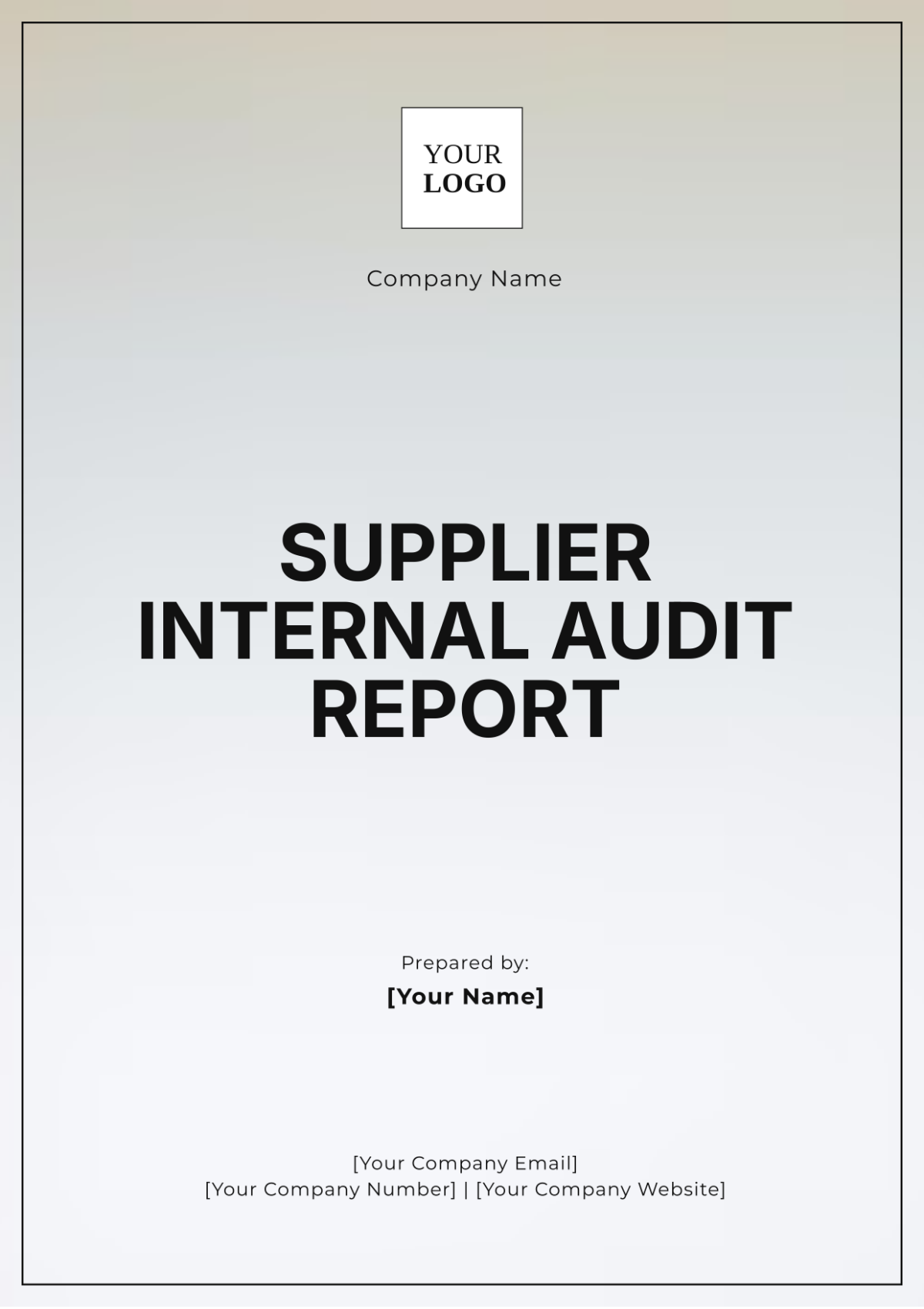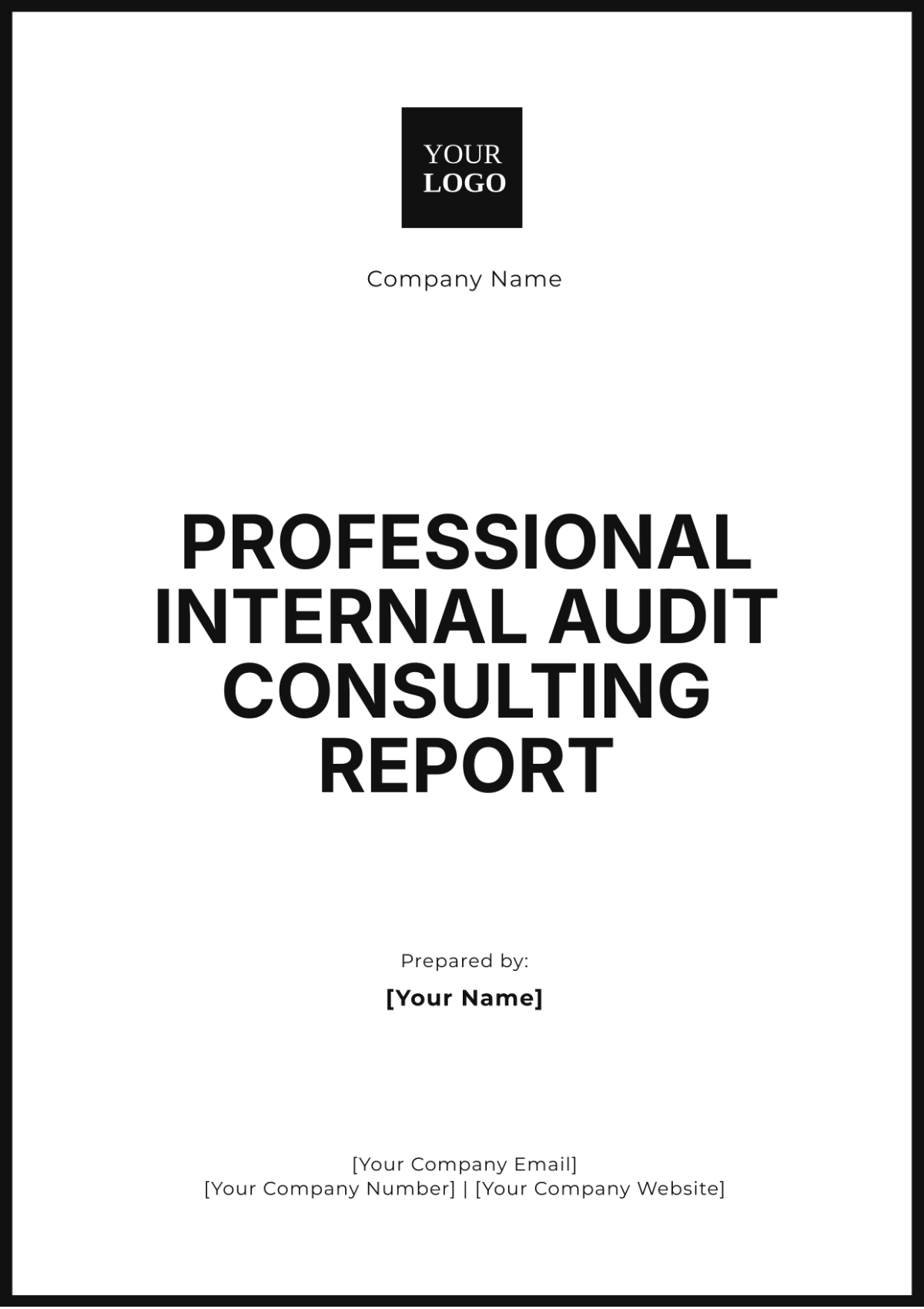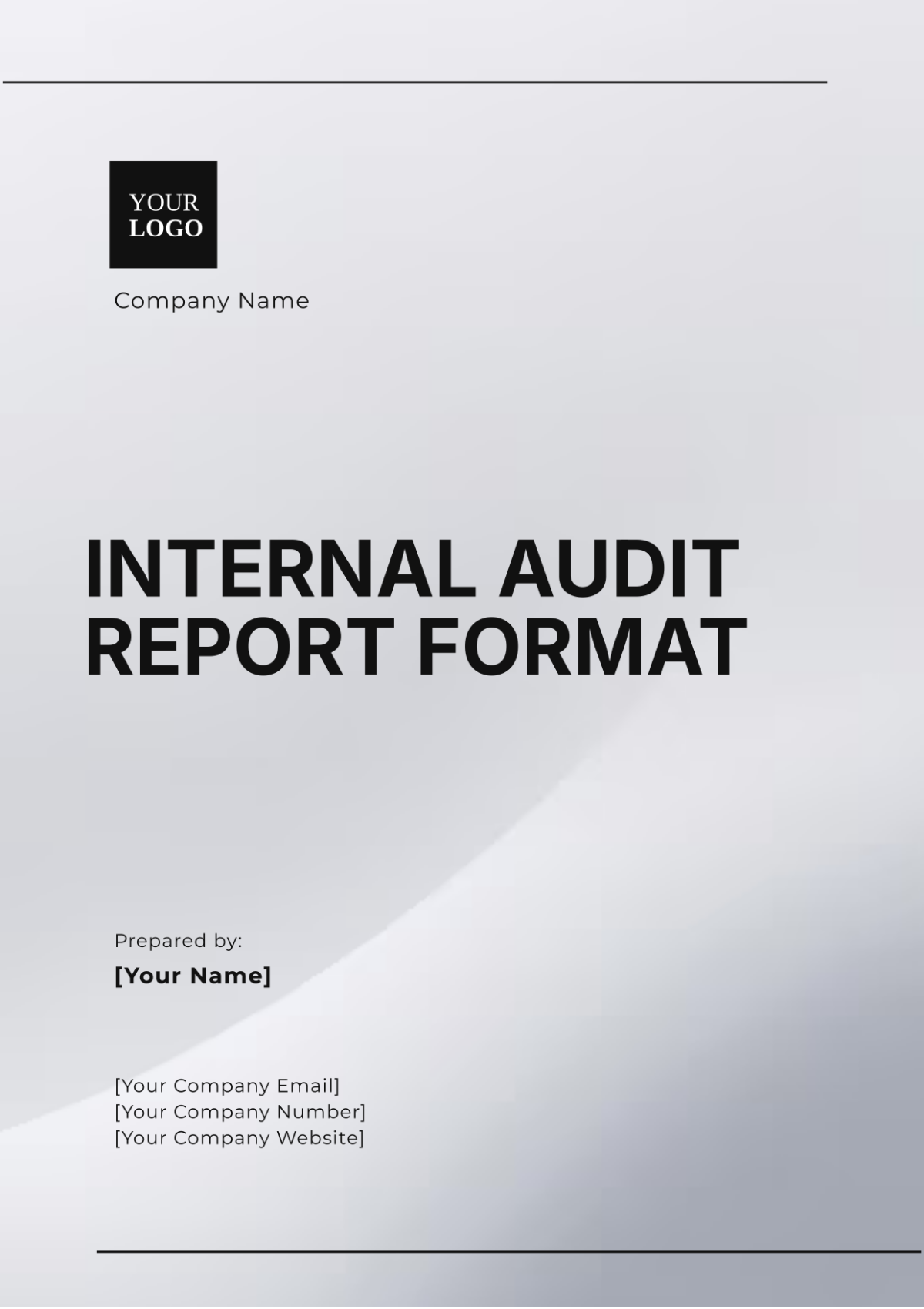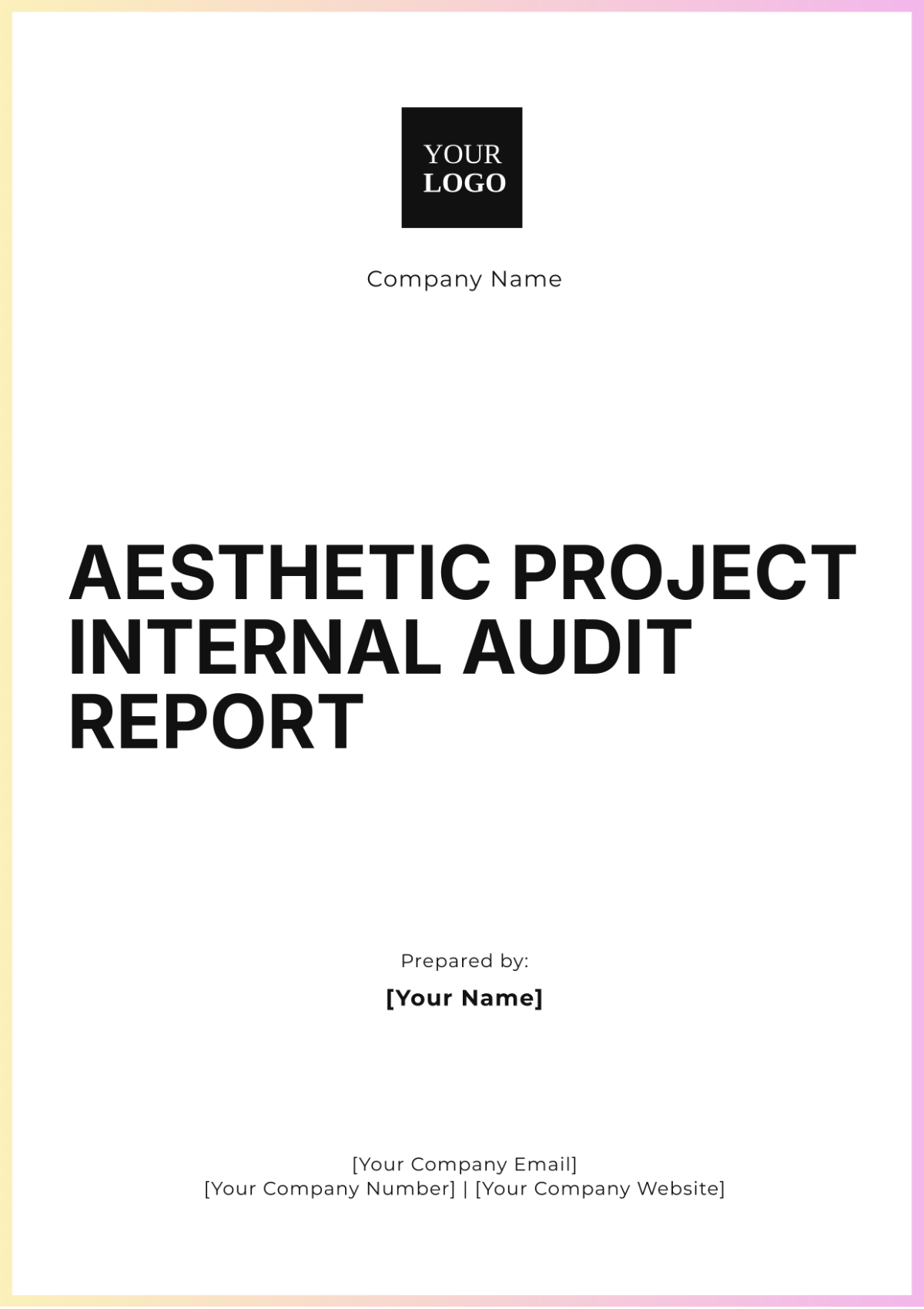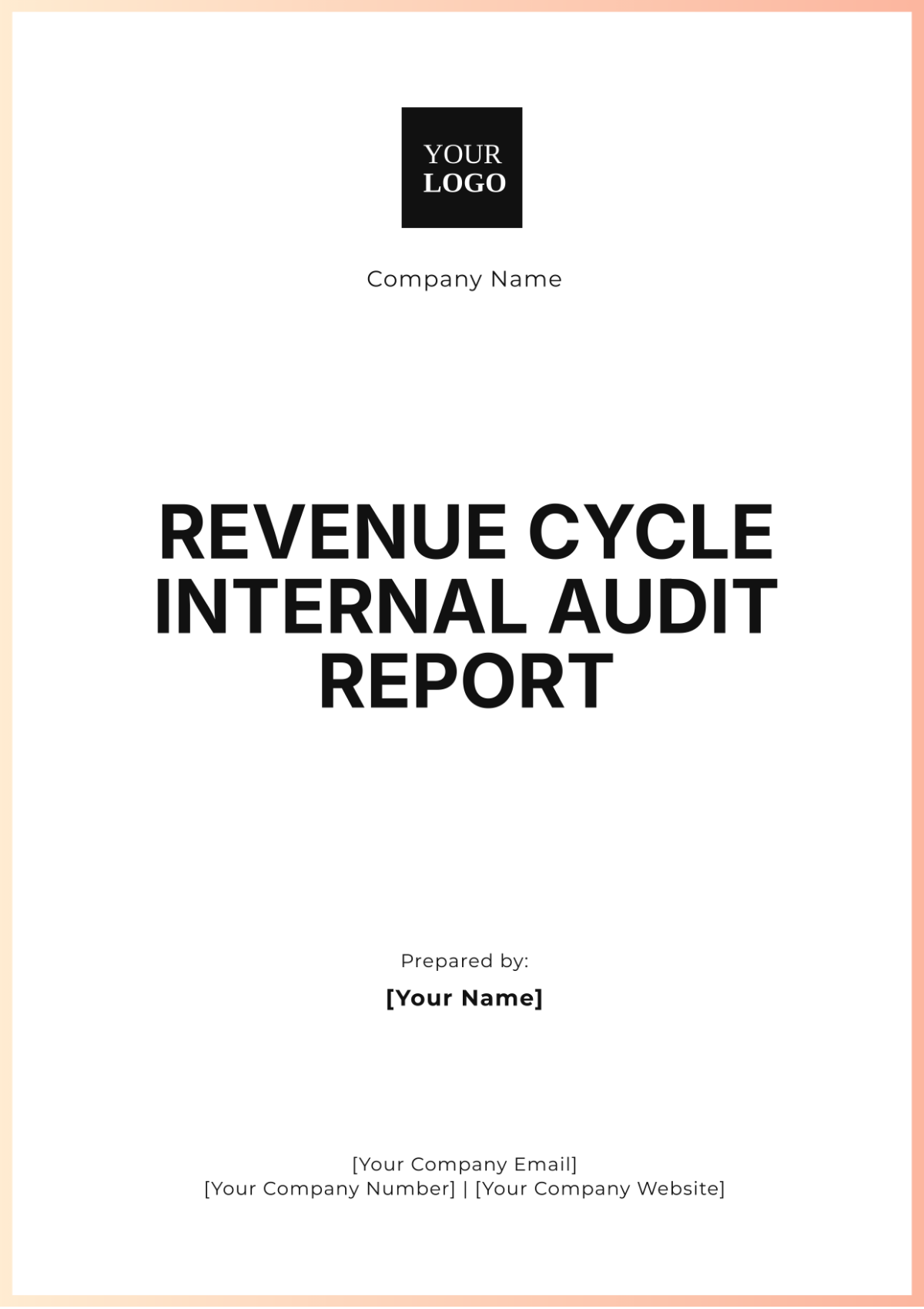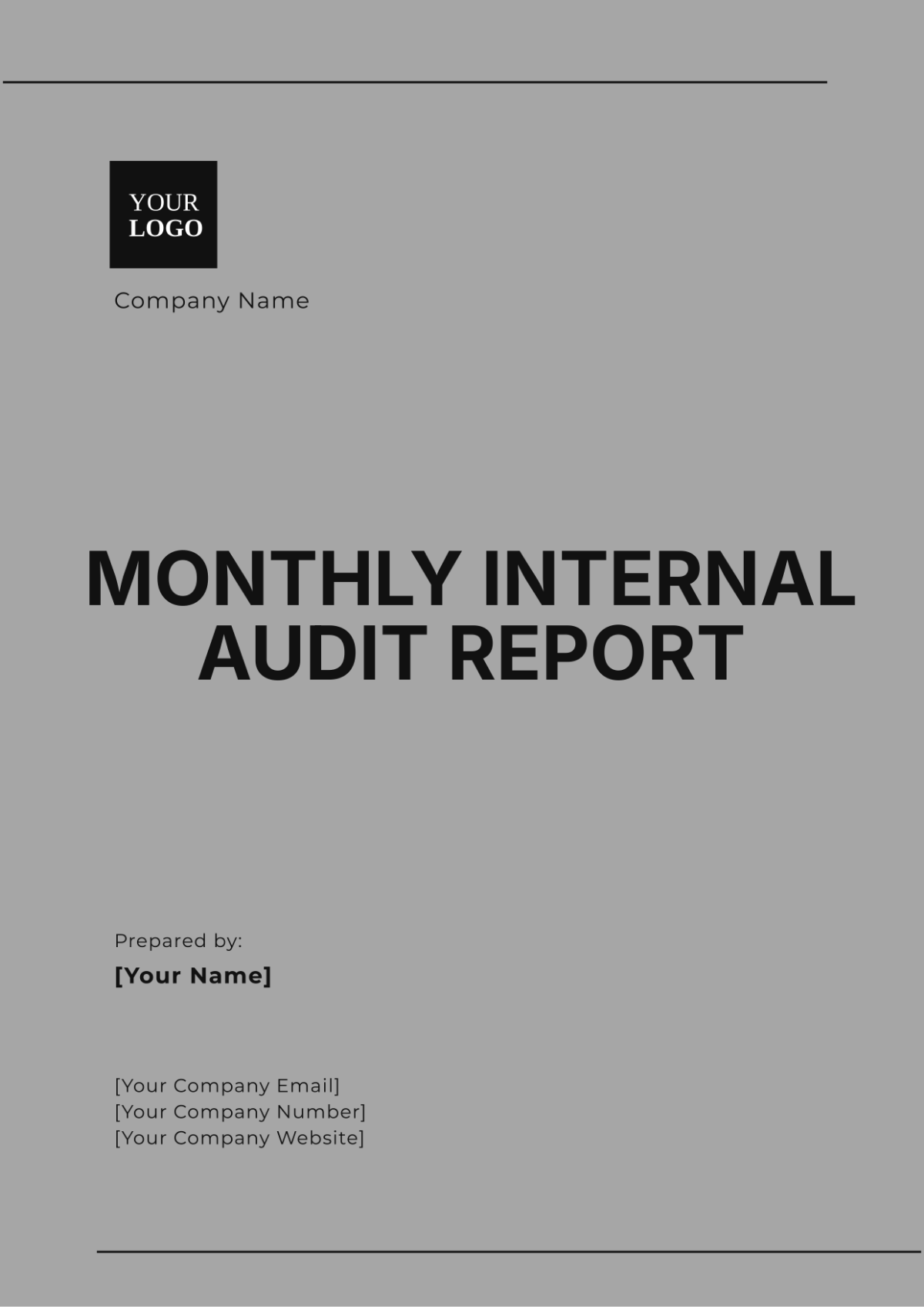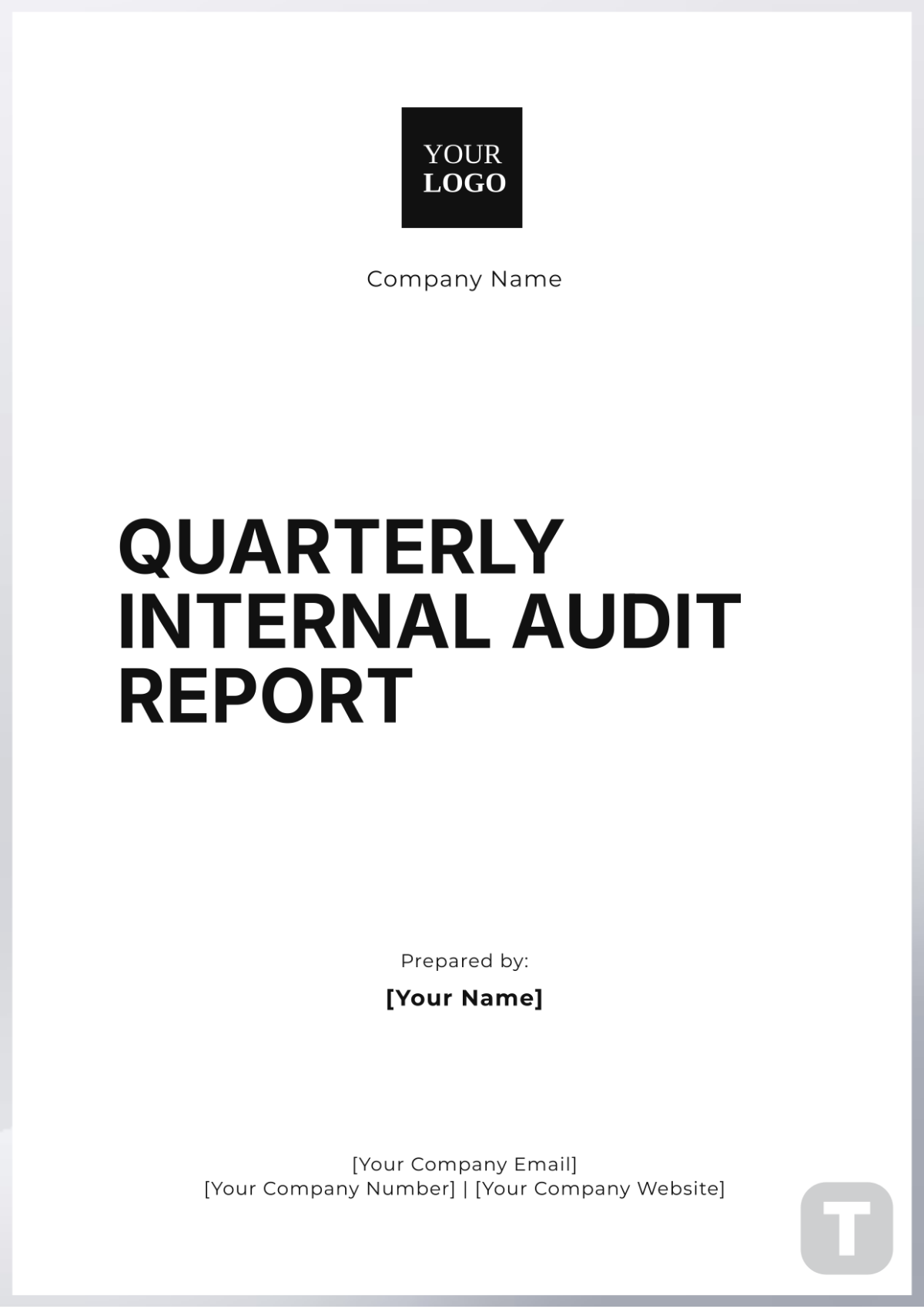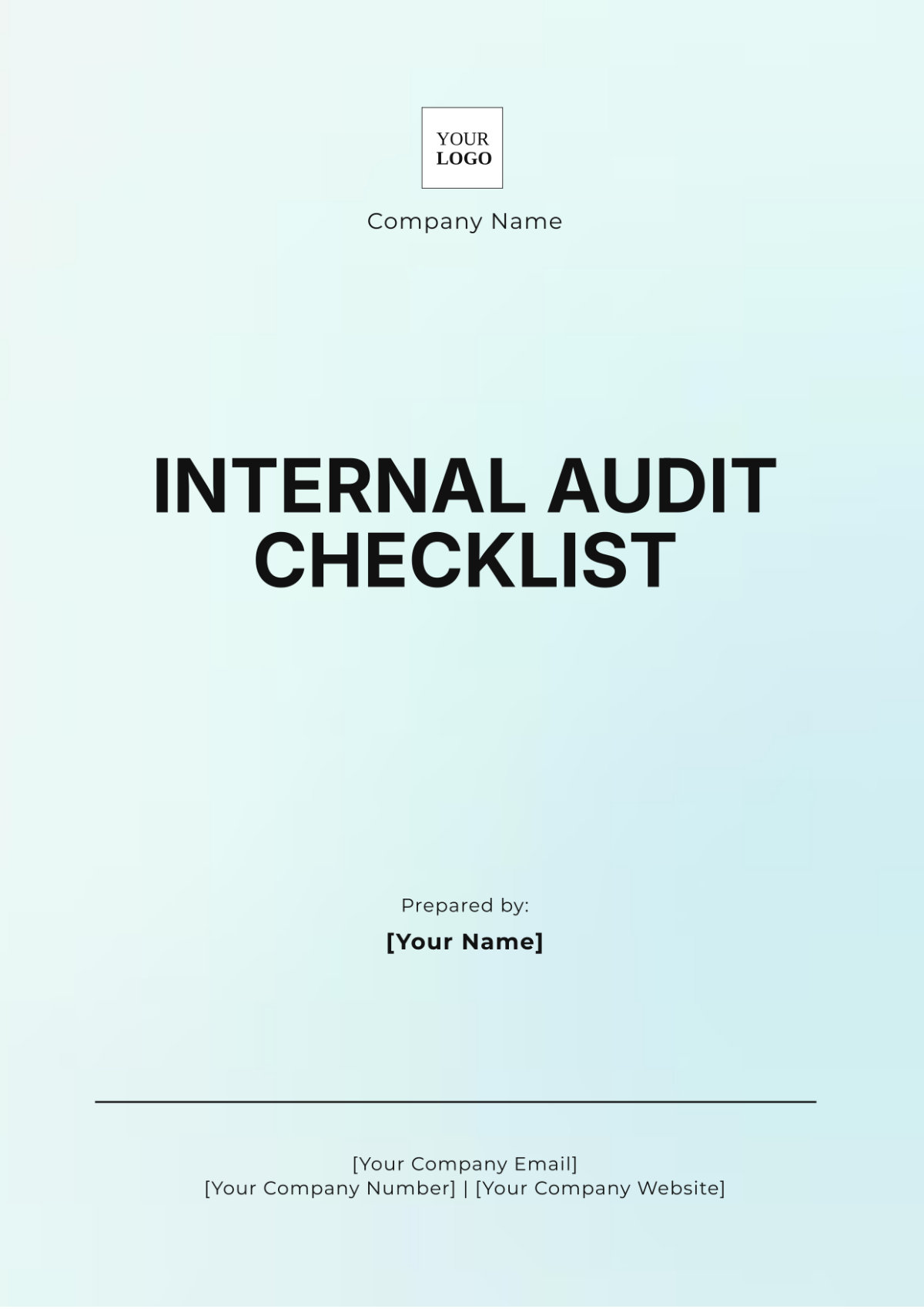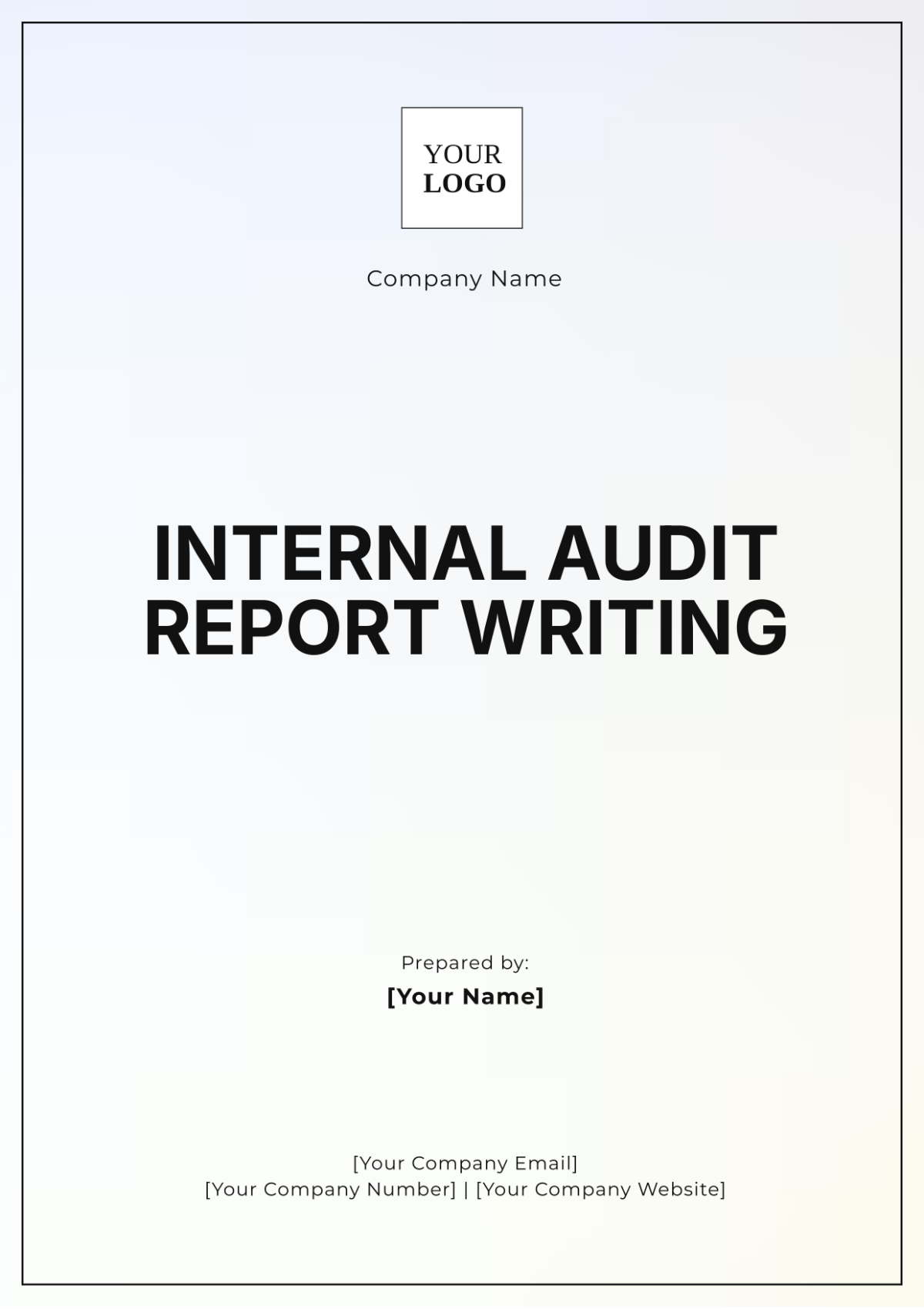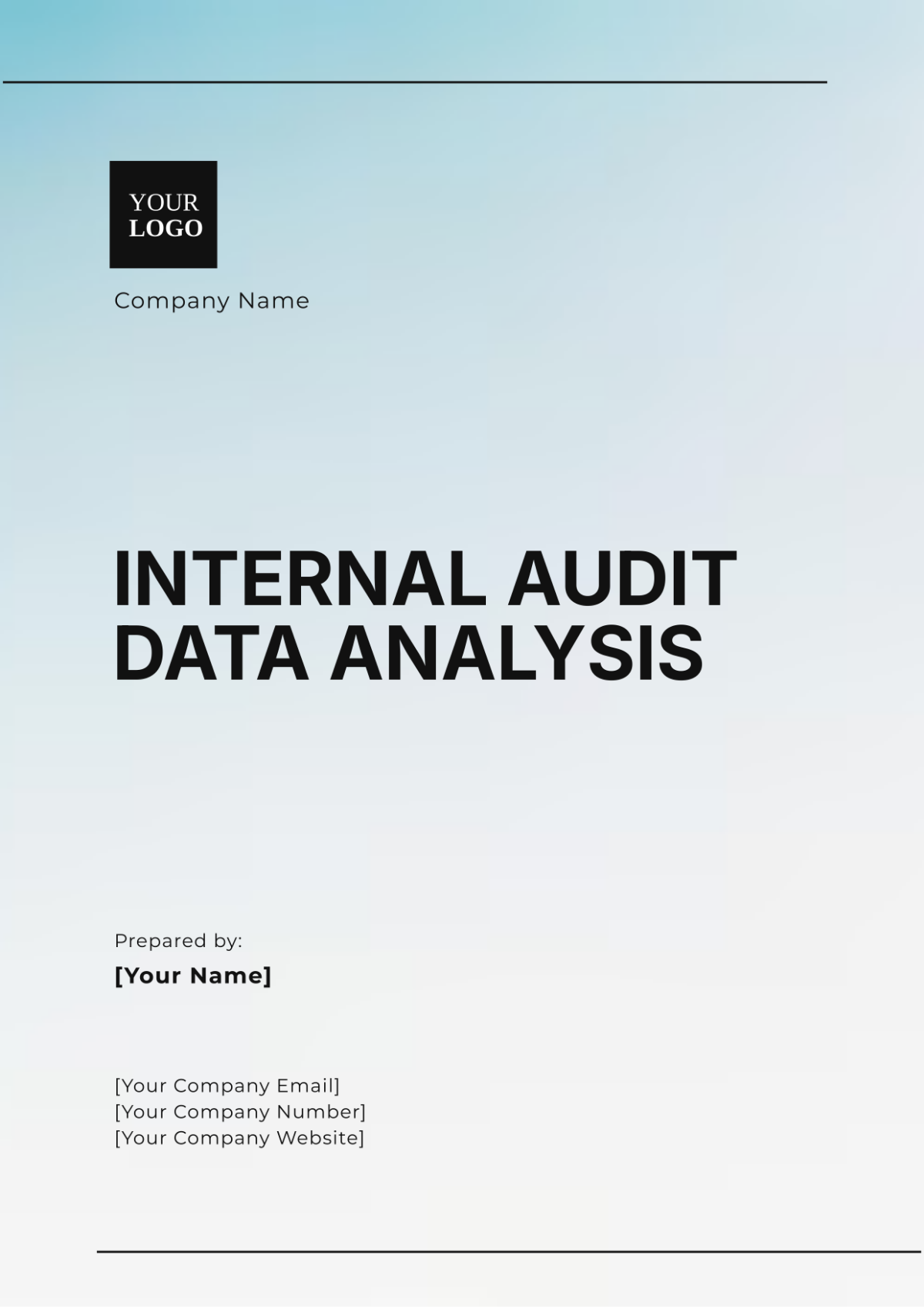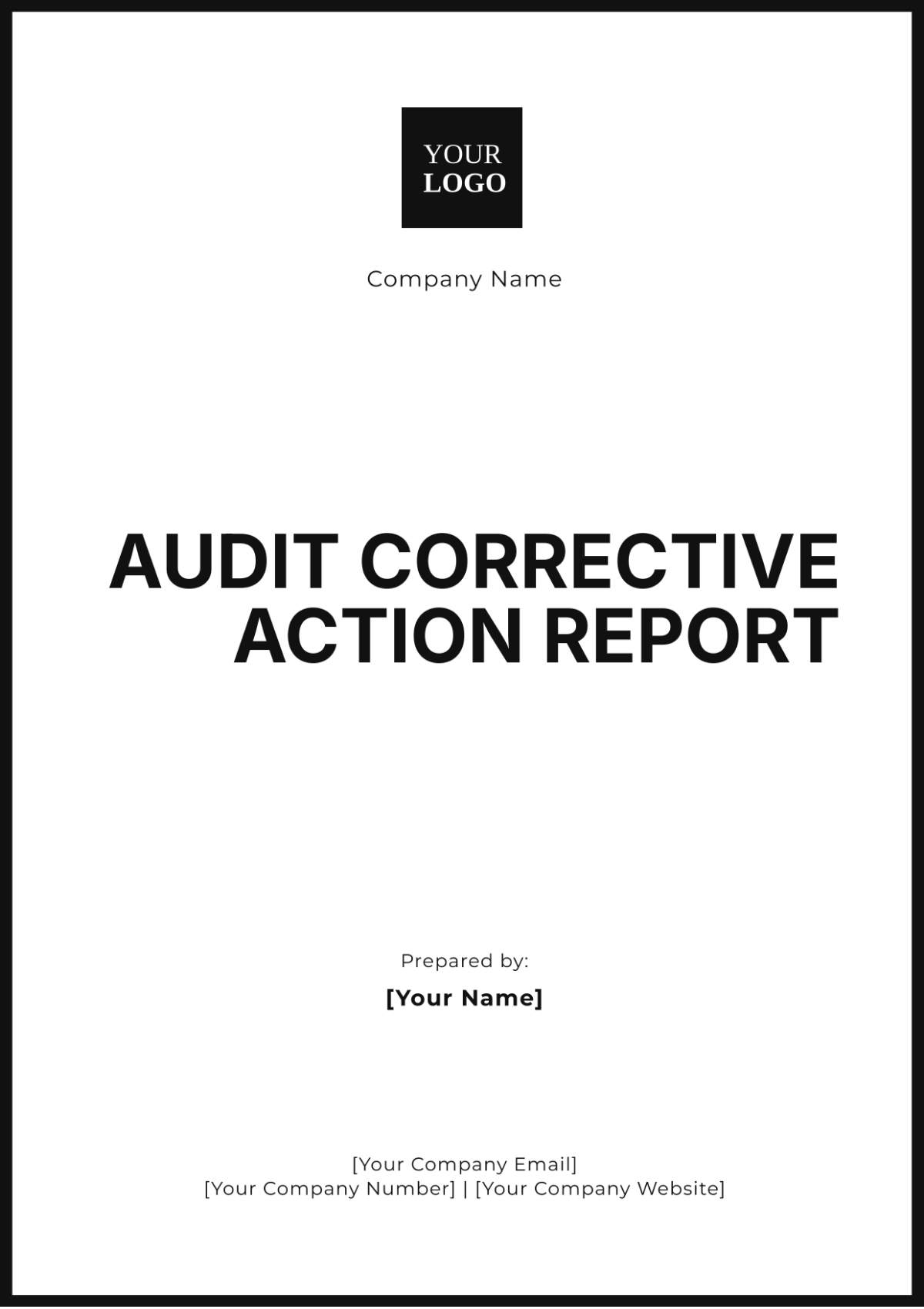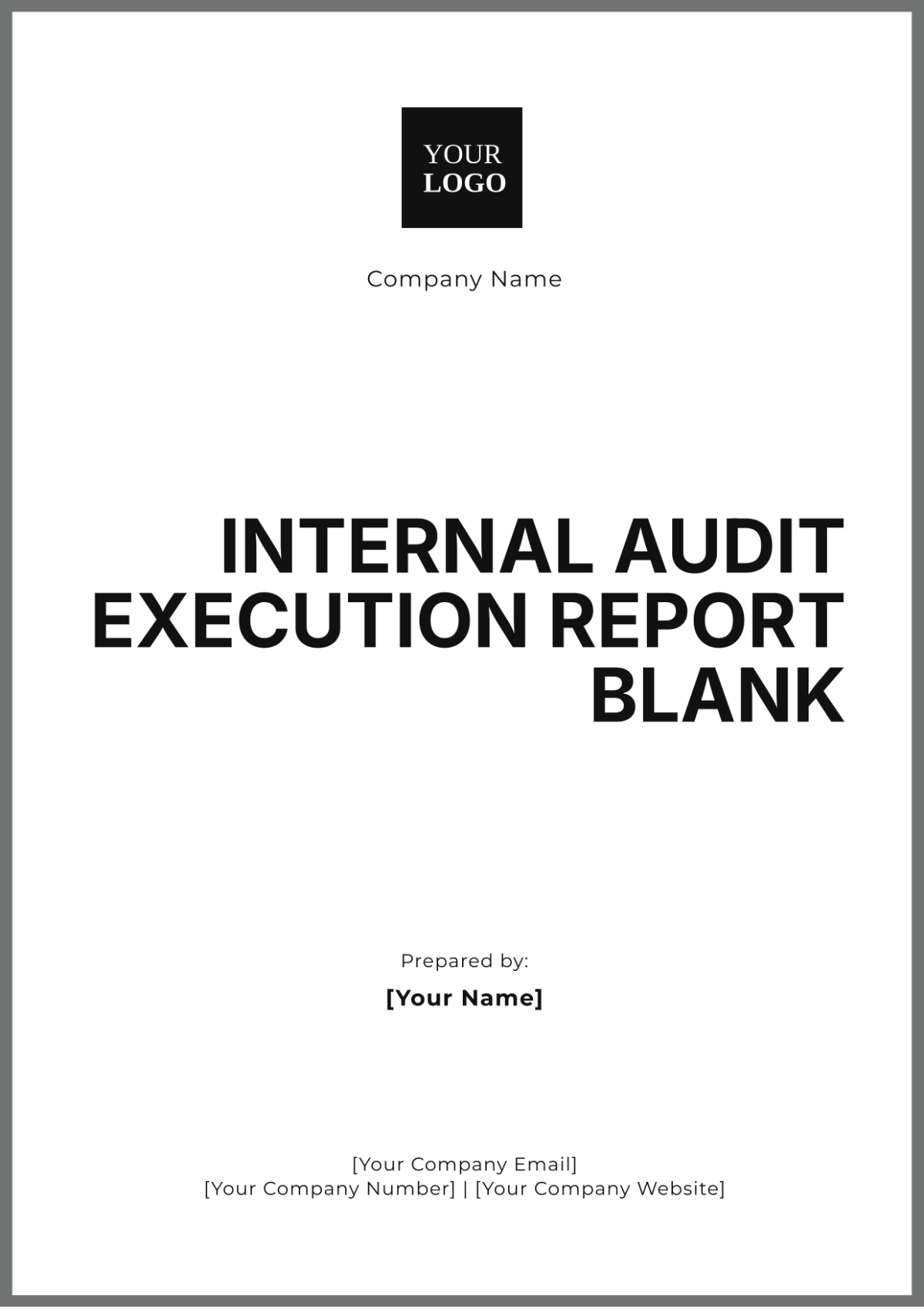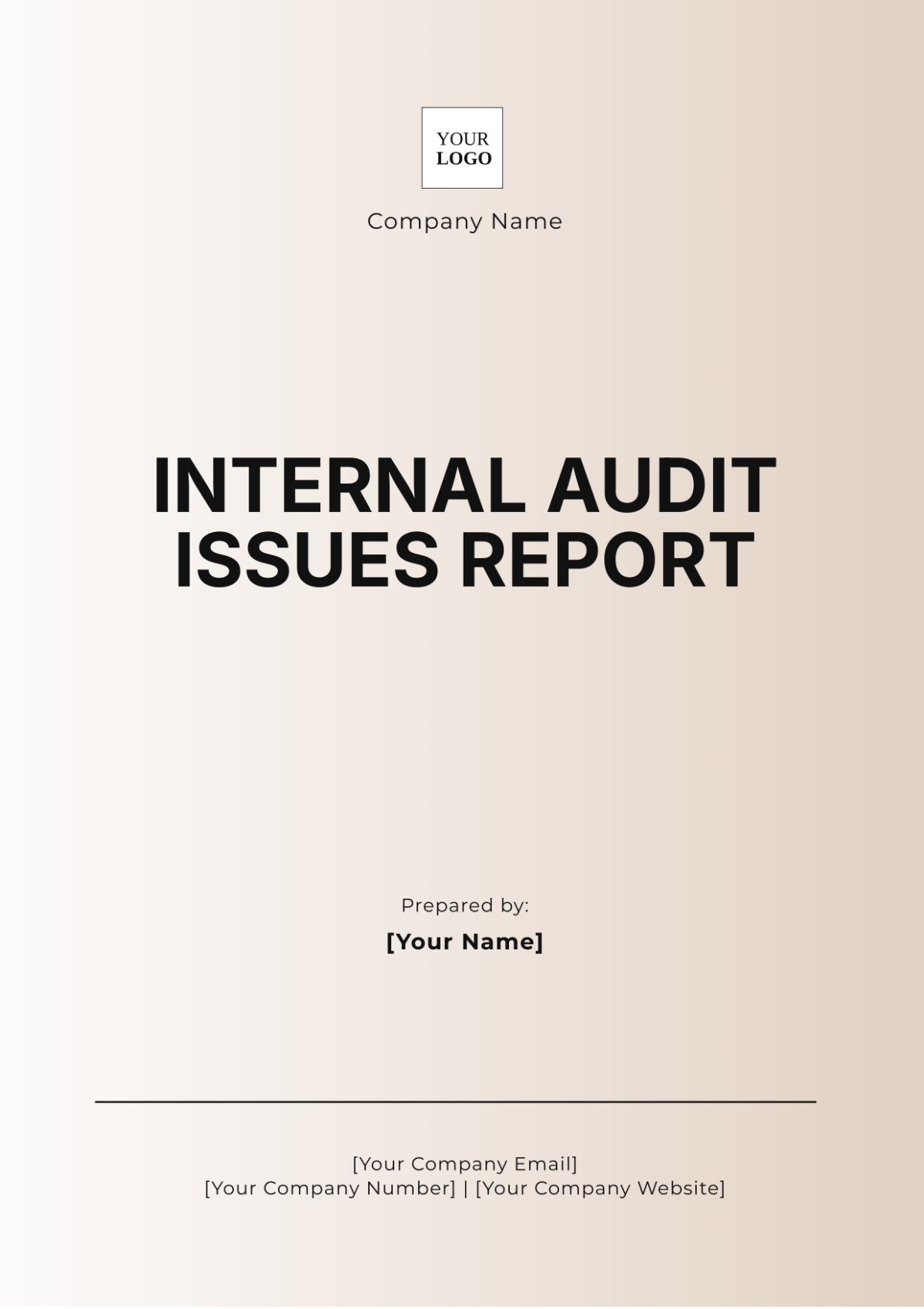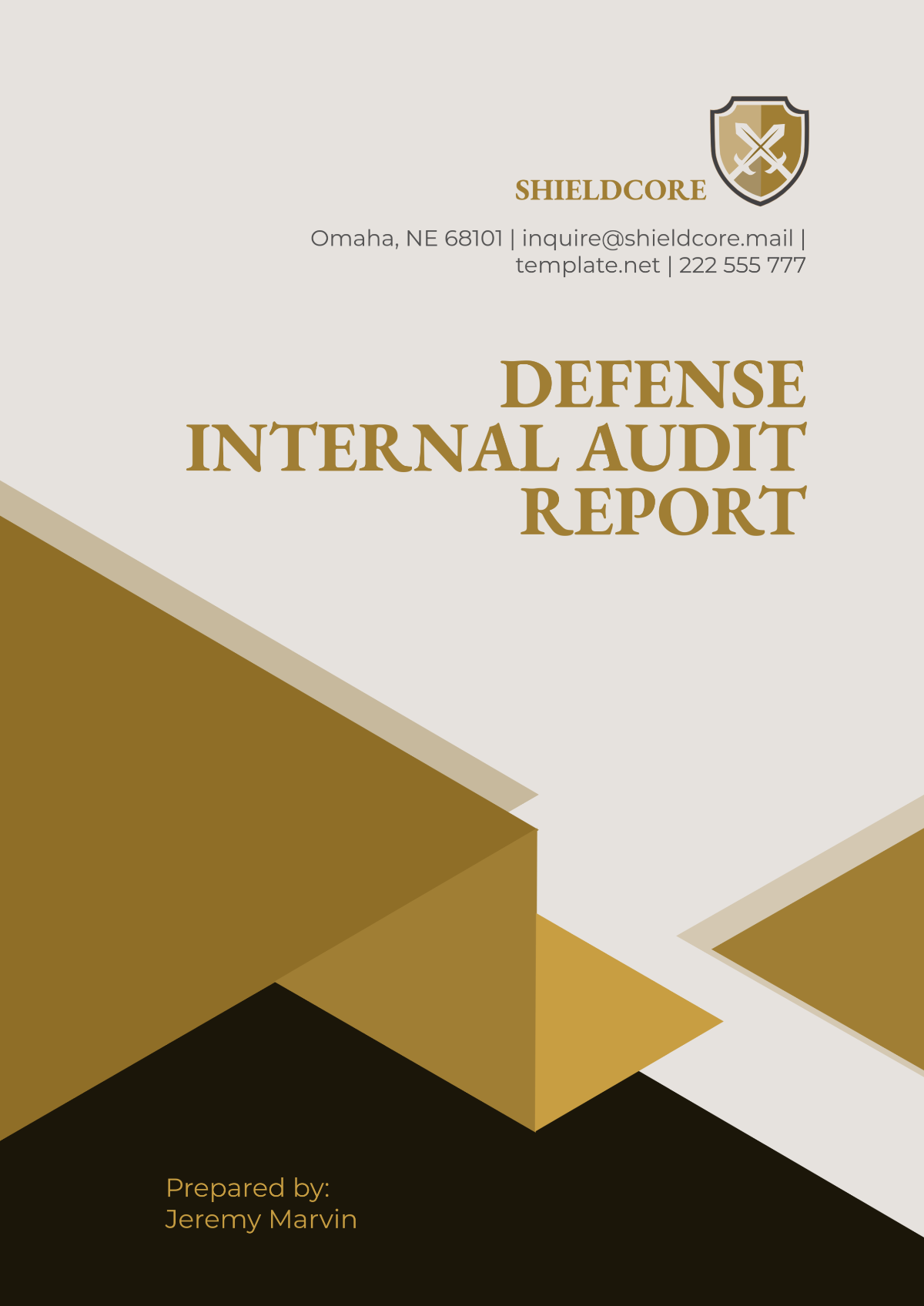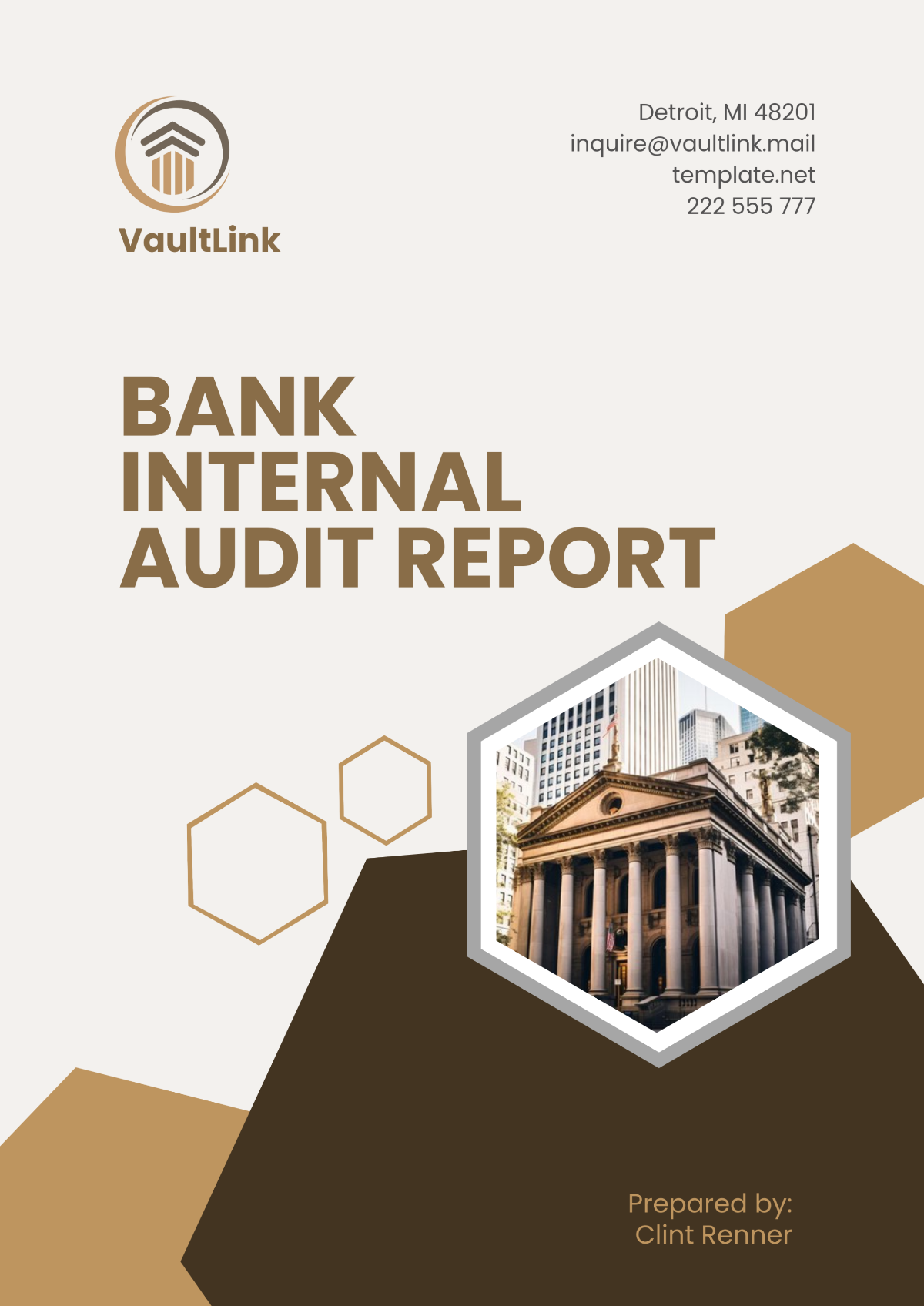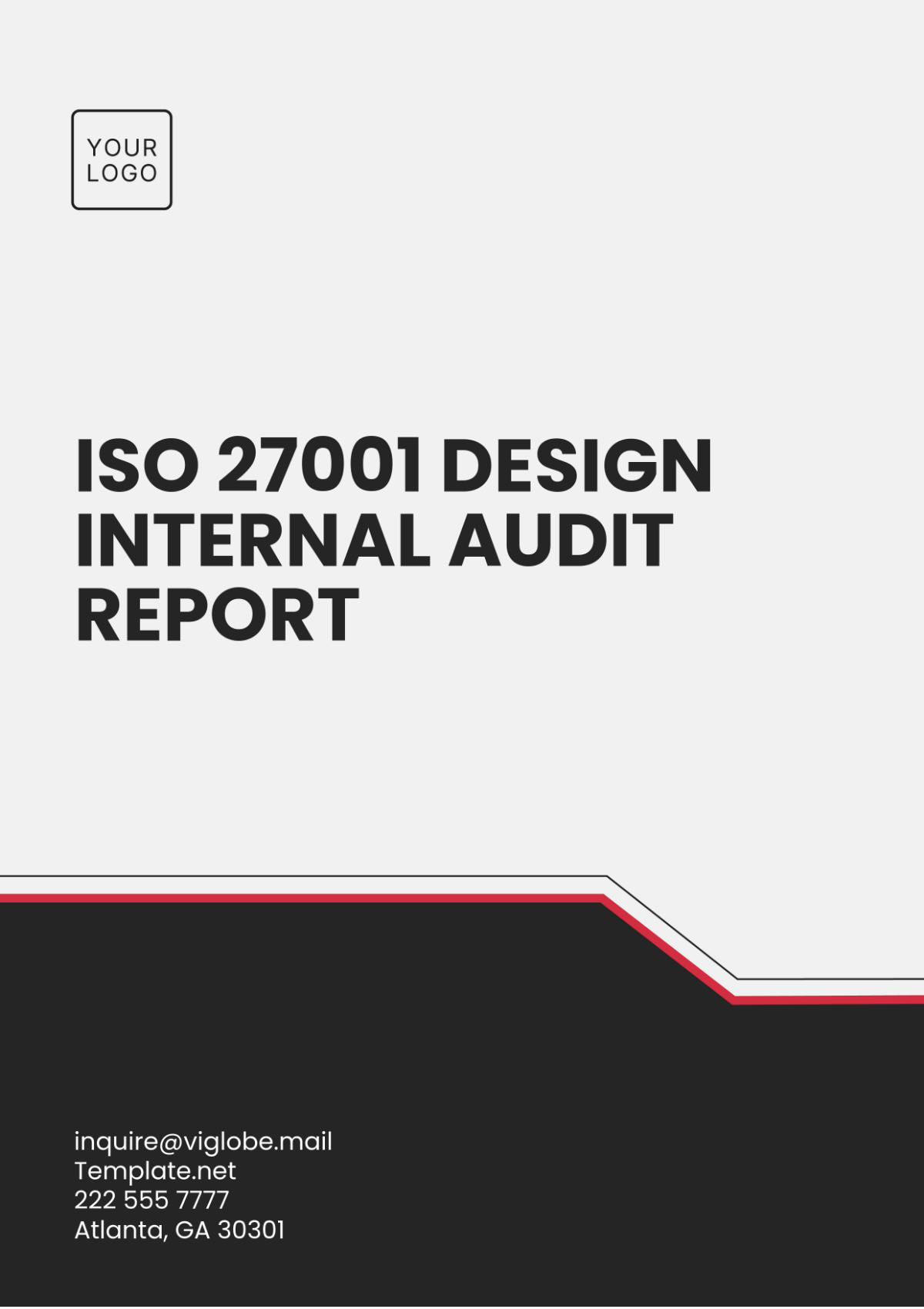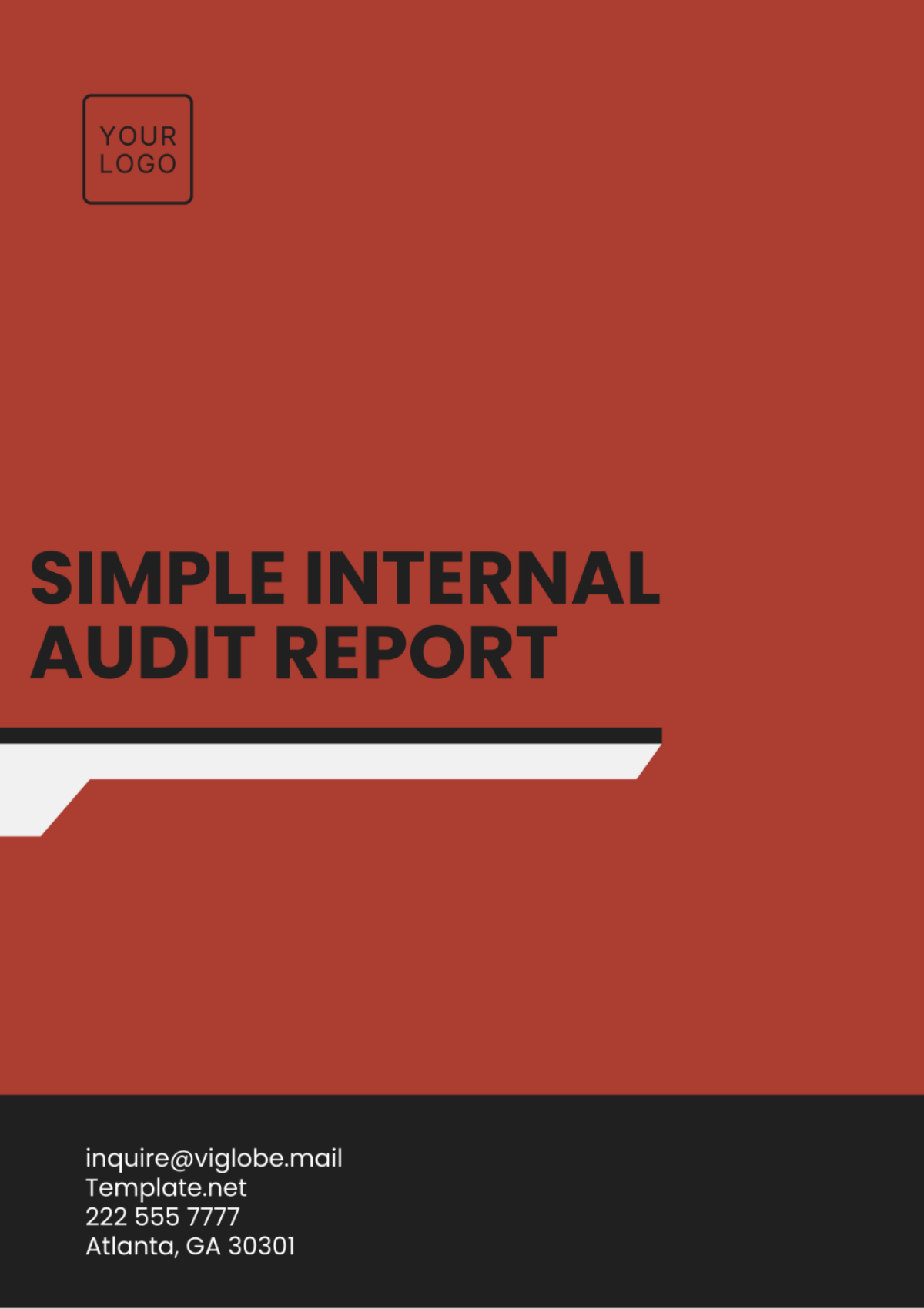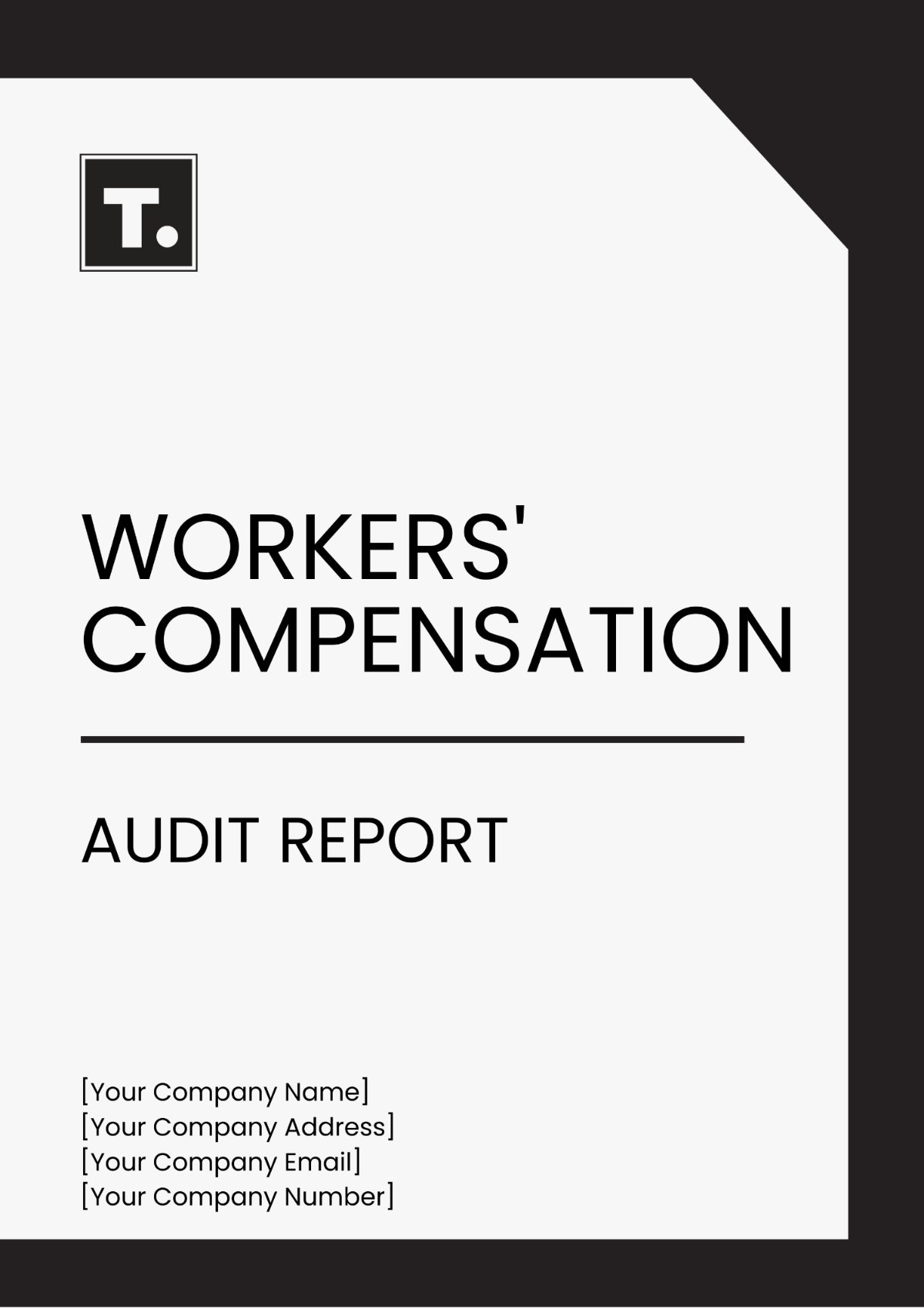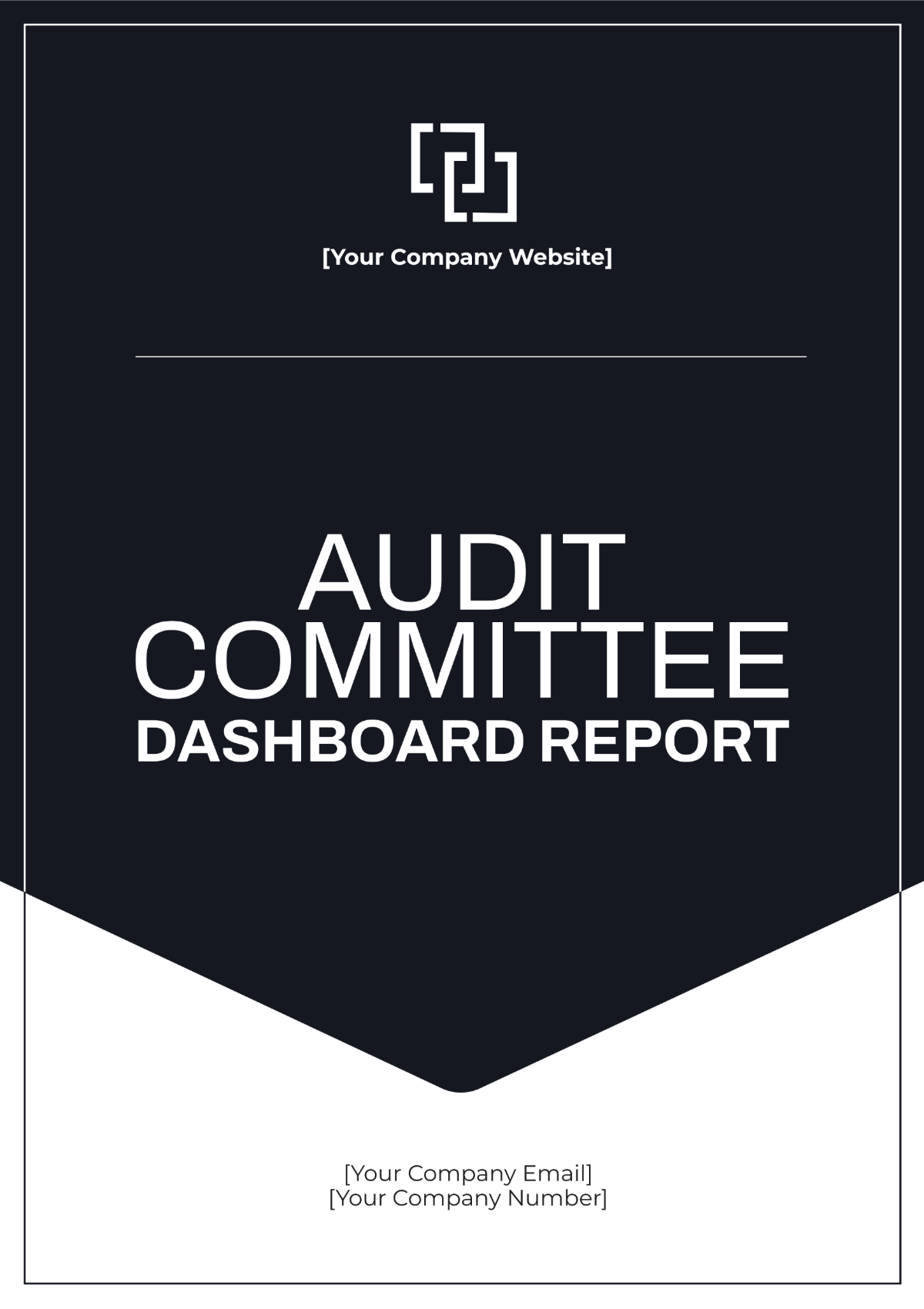Internal Audit Issues Report
1. Executive Summary
This internal audit was conducted to assess the efficiency and compliance of [Your Company Name]. The following report contains our key observations, findings, and recommendations for improvement.
2. Scope and Objectives
The audit covered the following areas:
Compliance with regulations and guidelines
Efficiency of processes and procedures
Risk management and control effectiveness
3. Methodology
The audit was carried out using the following methods:
Review of documentation
Interviews with key personnel
Process walkthroughs
Data analysis
4. Detailed Findings and Analysis
4.1 Compliance with Regulations
Our review indicated that the organization has a framework in place for regulatory compliance. However, specific areas need attention.
Regulation | Compliance Status | Issues |
|---|---|---|
Regulation A | Compliant | N/A |
Regulation B | Non-Compliant | Lack of documentation |
Regulation C | Partially Compliant | Outdated procedures |
4.2 Process Efficiency
The analysis of process efficiency identified areas that could benefit from improvement.
Process | Current Efficiency | Potential Efficiency | Observations |
|---|---|---|---|
Process A | 80% | 90% | Automation recommended |
Process B | 65% | 75% | Staff training needed |
Process C | 50% | 85% | Manual steps should be minimized |
4.3 Risk Management
The audit revealed that while risk management protocols are in place, their effectiveness varies across different areas.
Area | Risk Level | Current Control Effectiveness | Recommendations |
|---|---|---|---|
Area A | High | Moderate | Immediate review needed |
Area B | Medium | Good | Continuous monitoring |
Area C | Low | High | Periodic audits |
5. Recommendations
The following recommendations are made to address the issues identified:
Improve documentation practices to ensure regulatory compliance.
Update and streamline procedures to enhance process efficiency.
Implement regular training programs for staff.
Conduct immediate reviews of high-risk areas and establish continuous monitoring protocols.
6. Conclusion
Overall, the internal audit provides a comprehensive understanding of the current state of [Your Company Name]. By addressing the identified issues, the organization can achieve better compliance, efficiency, and risk management.
7. Appendices
Supporting information and additional data can be found in the appendices.
Appendix A: Detailed Data Tables
Appendix B: Interview Transcripts
Appendix C: Regulatory Guidelines
